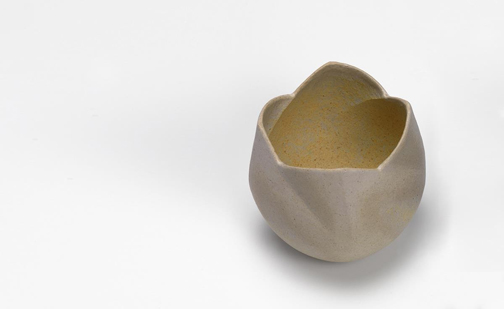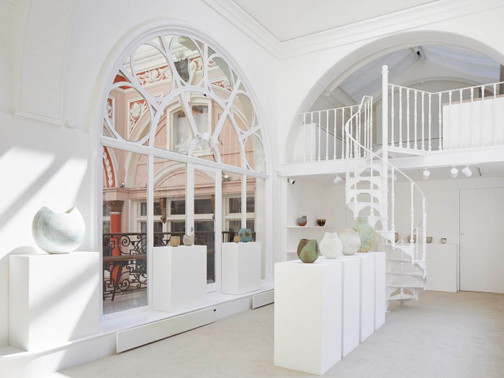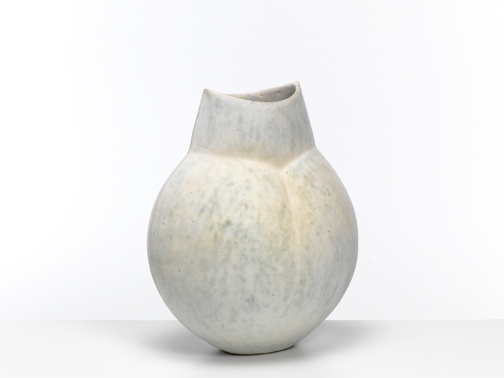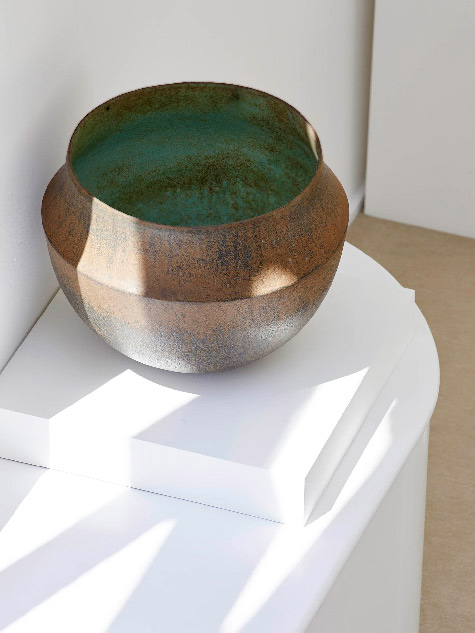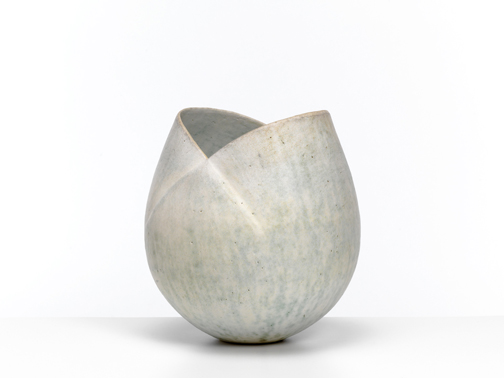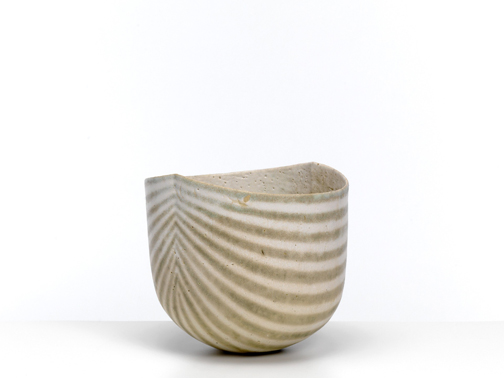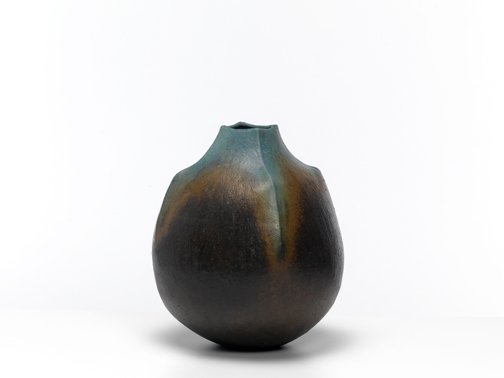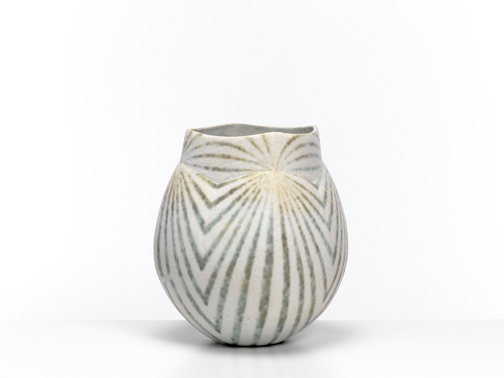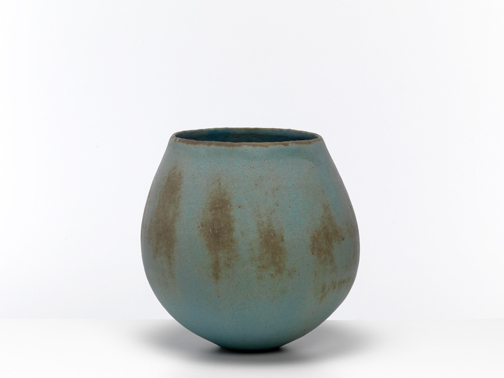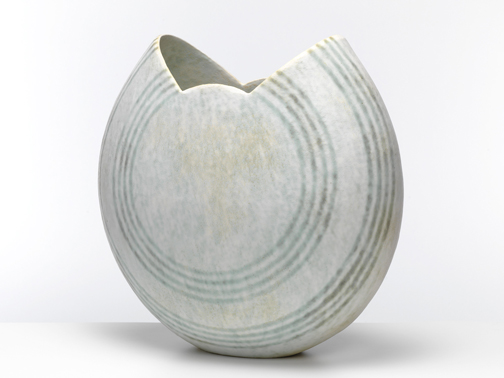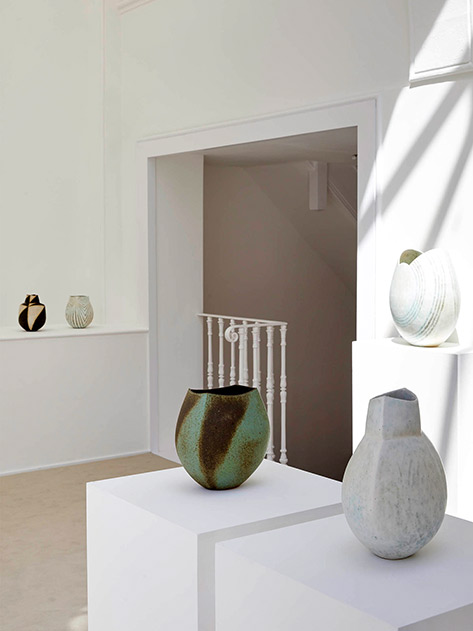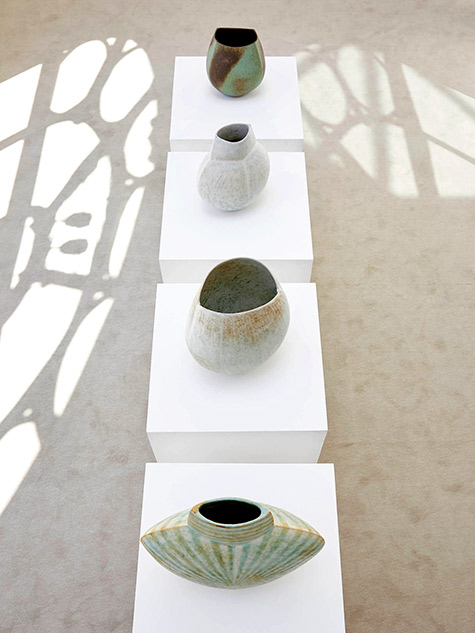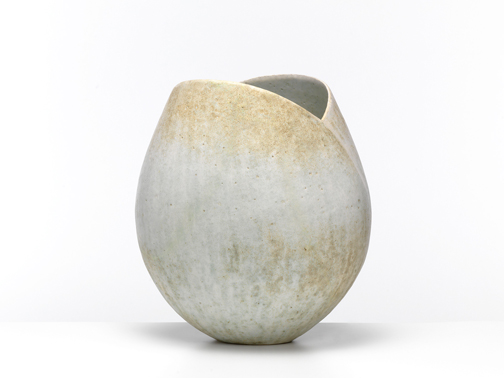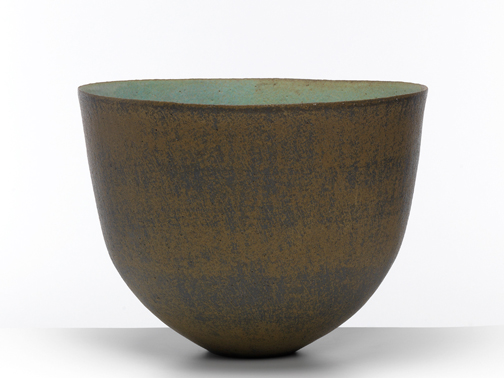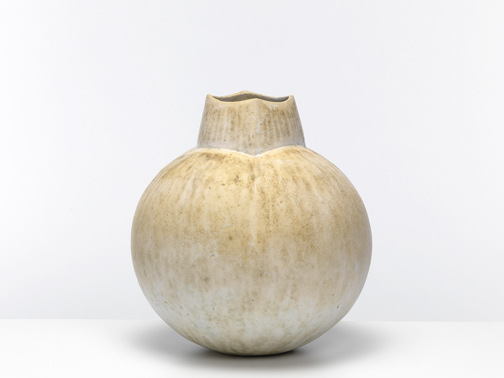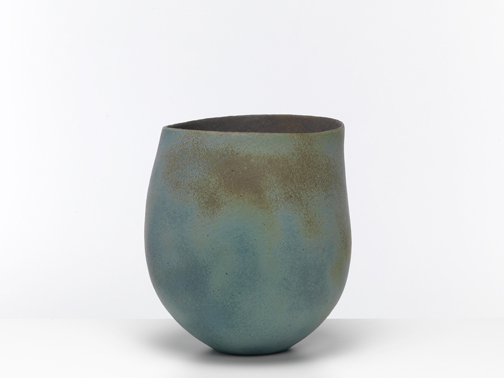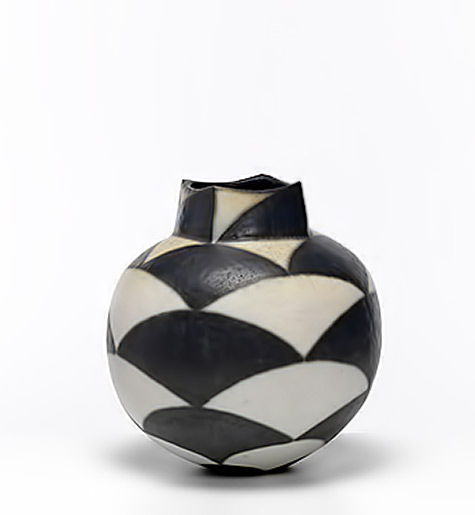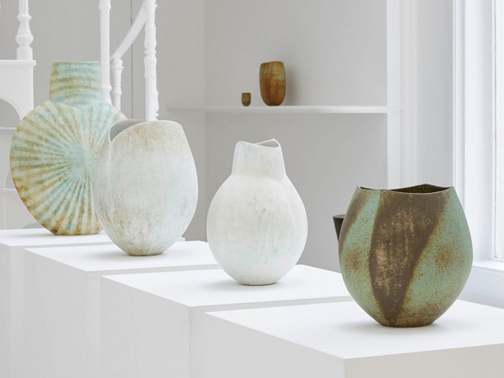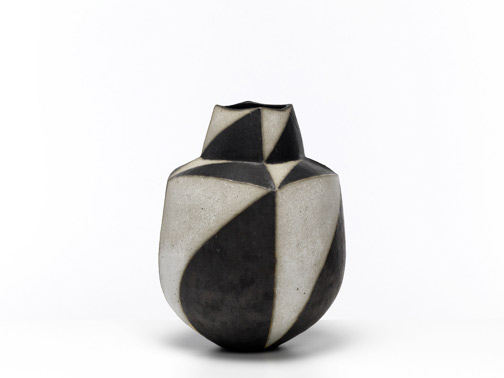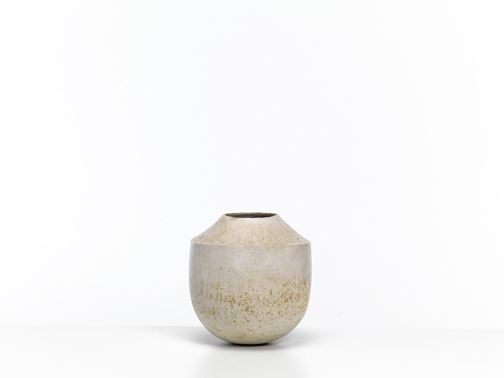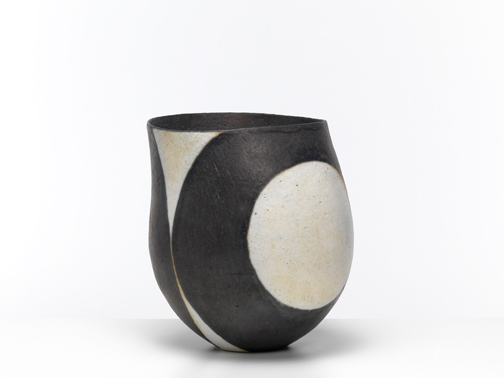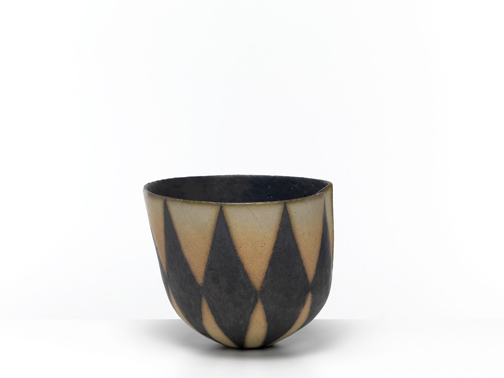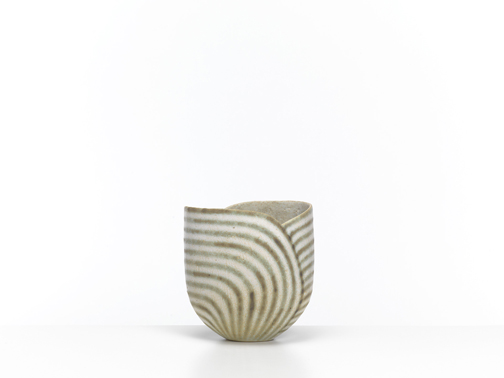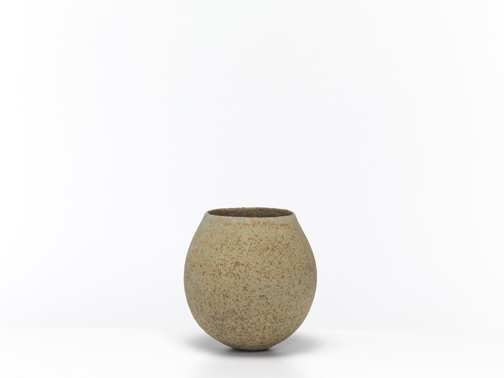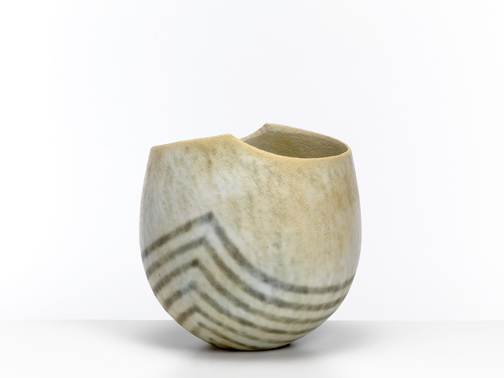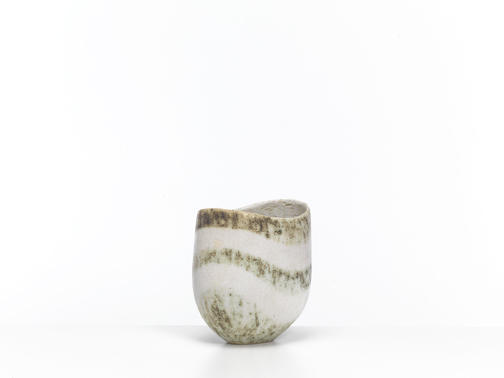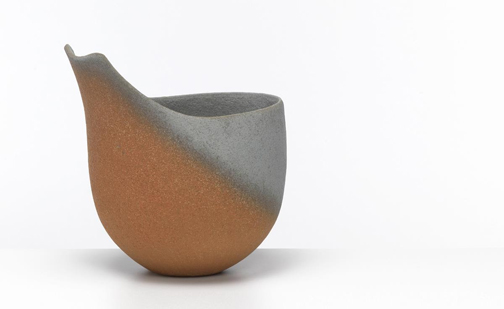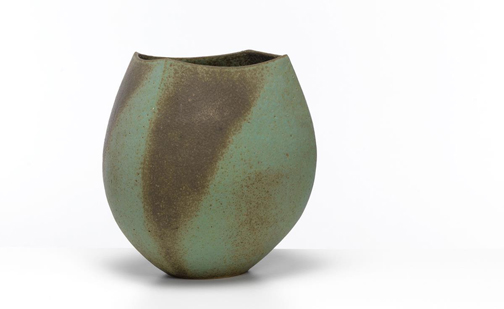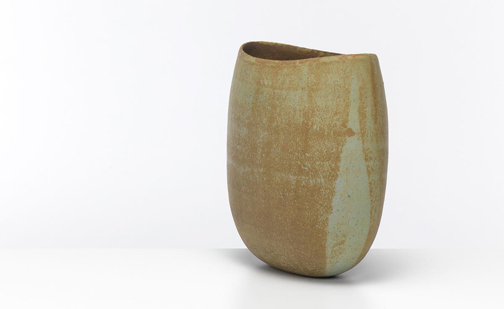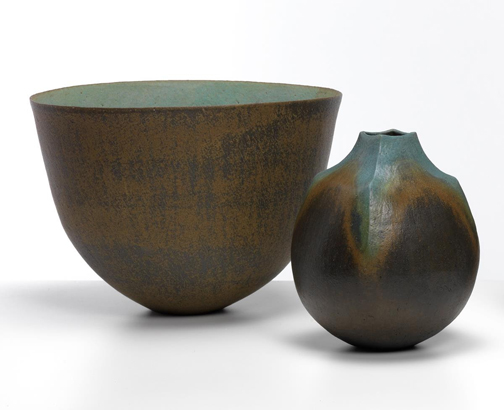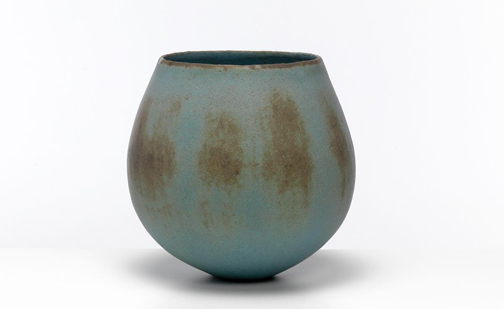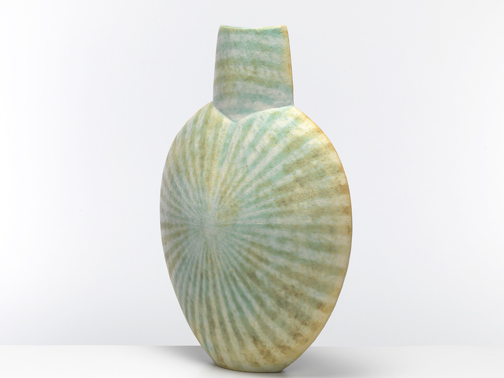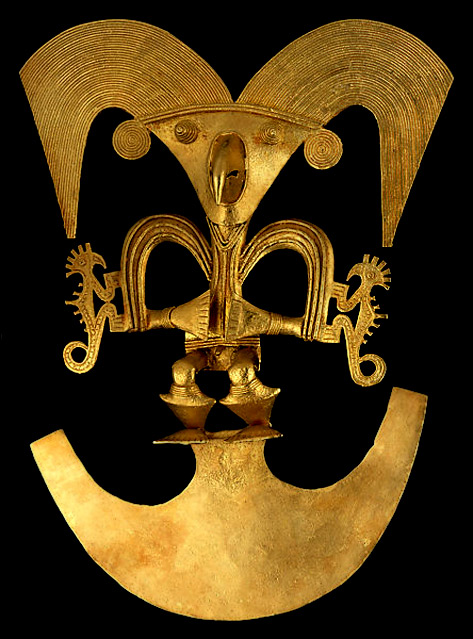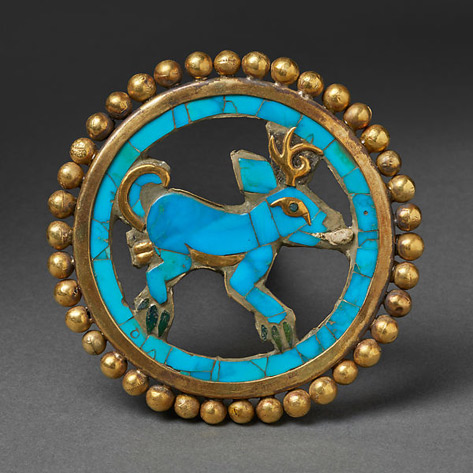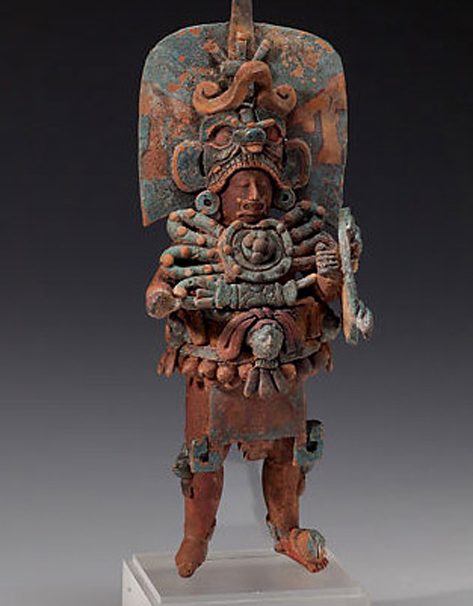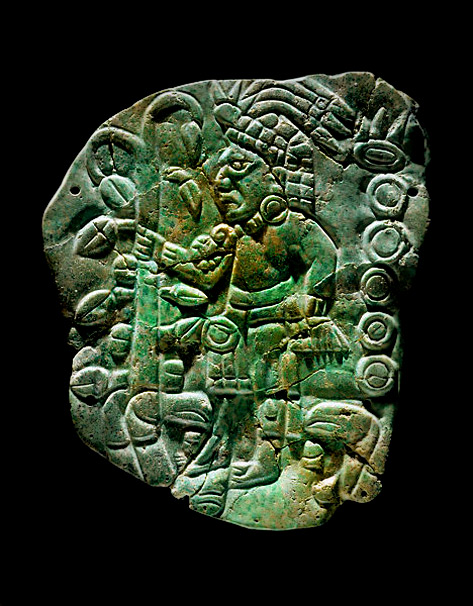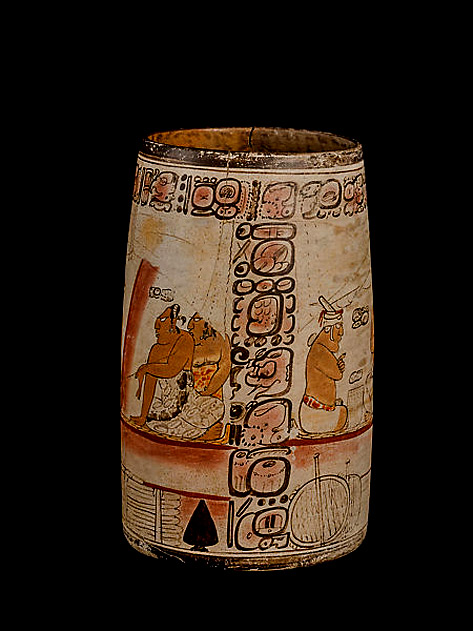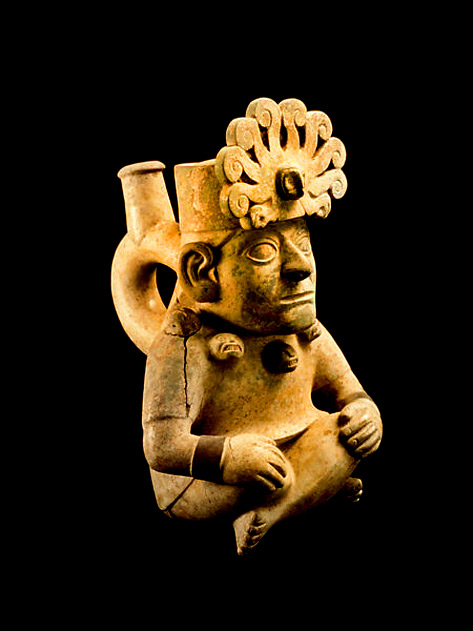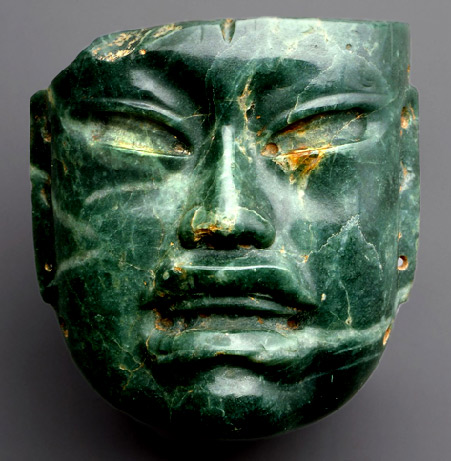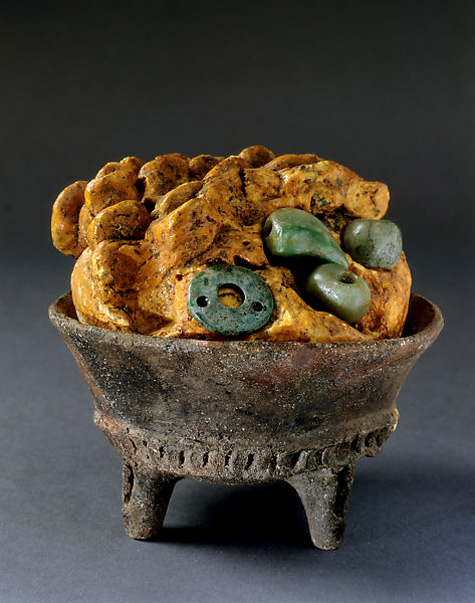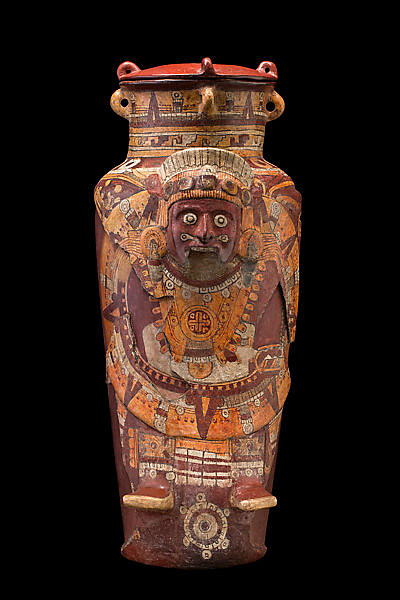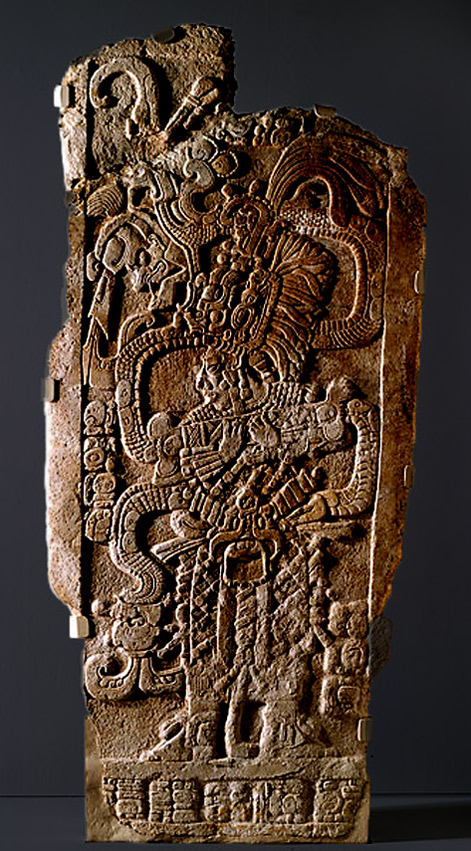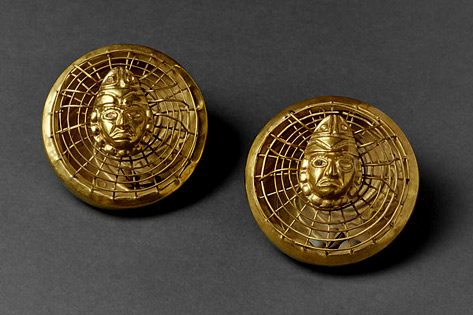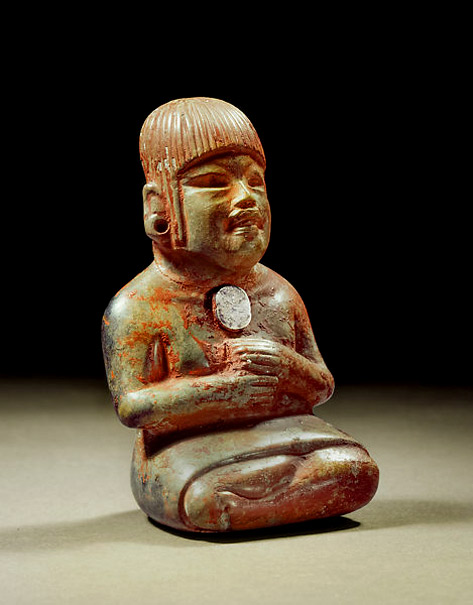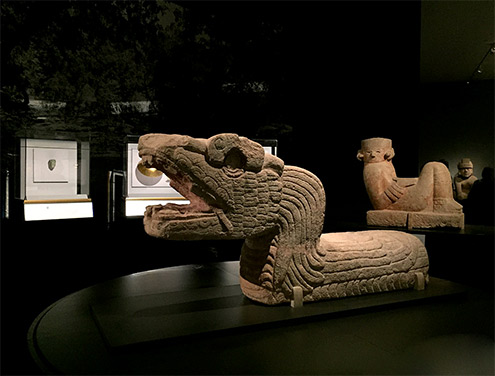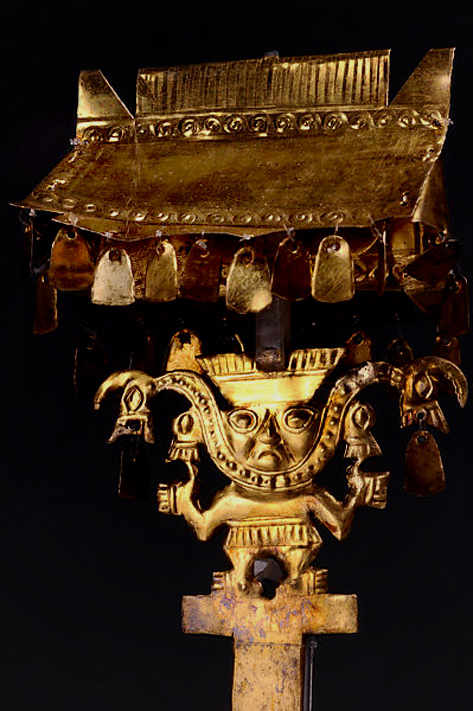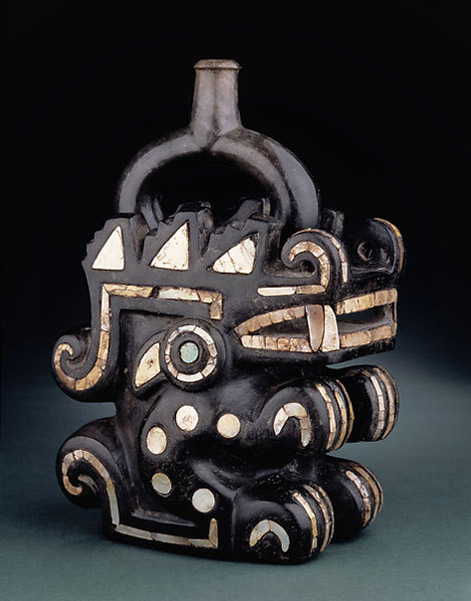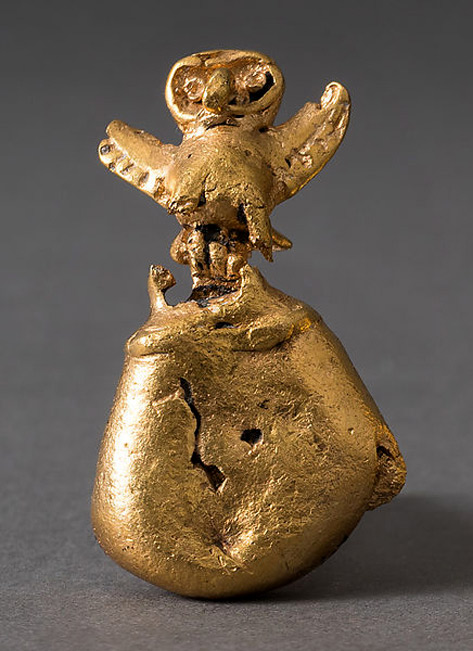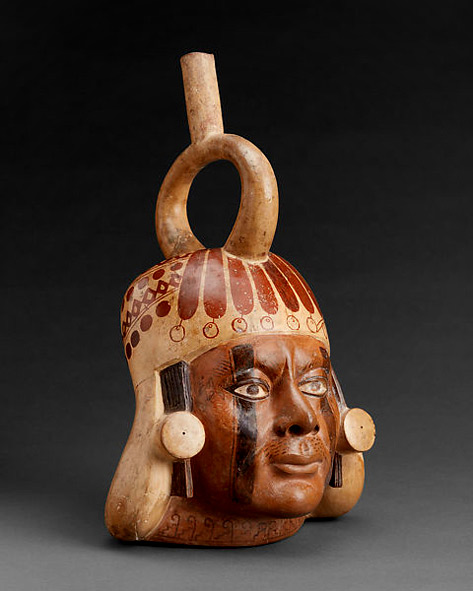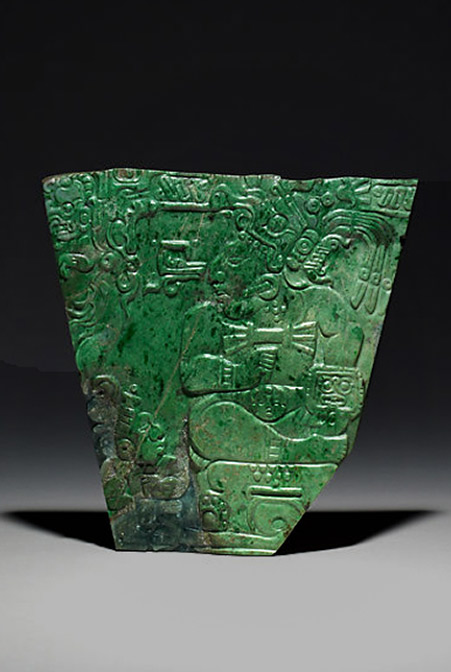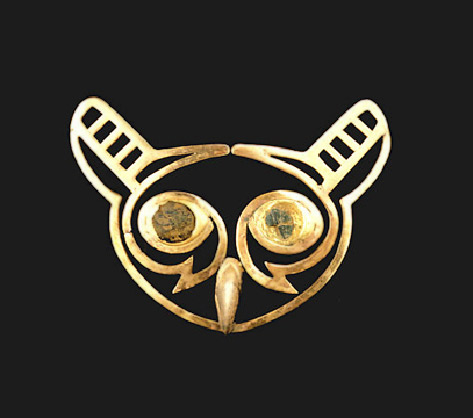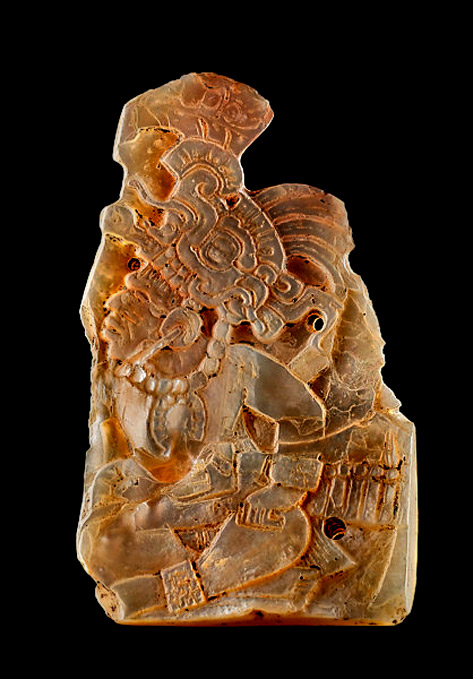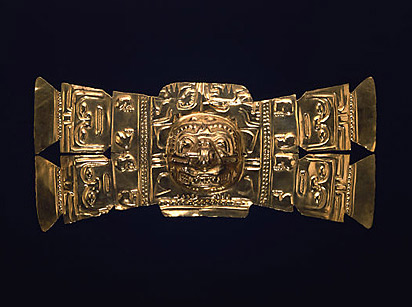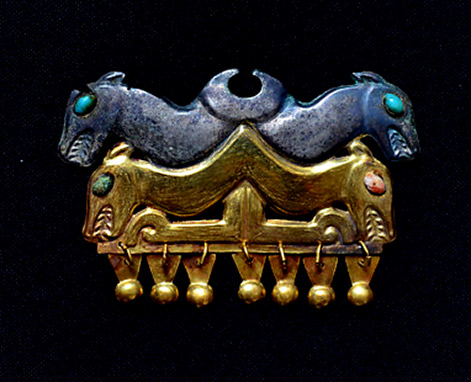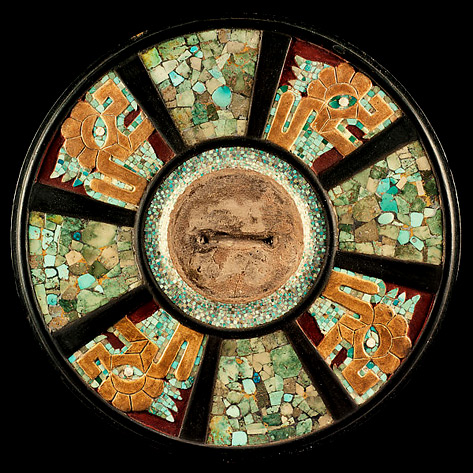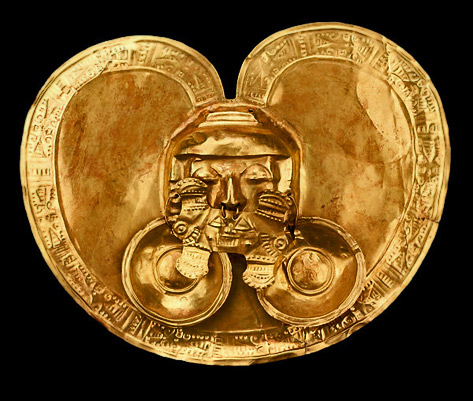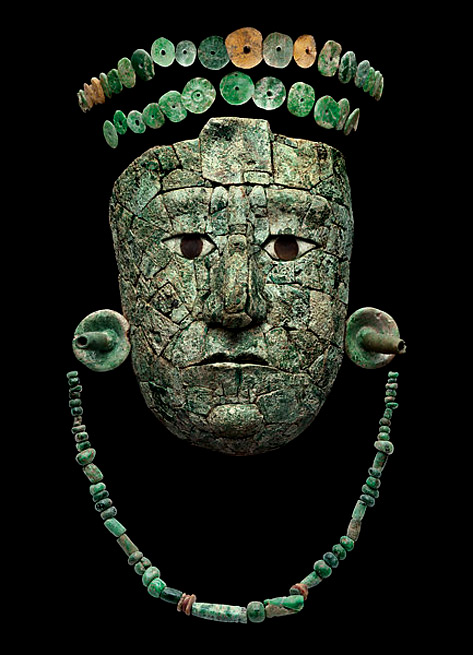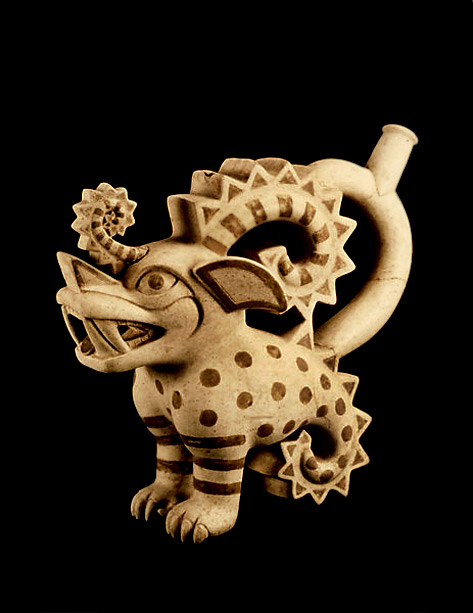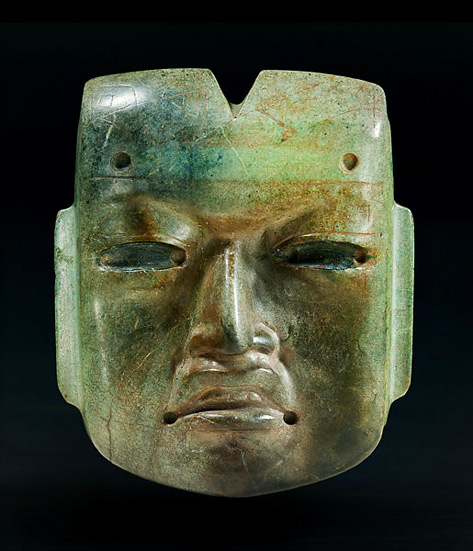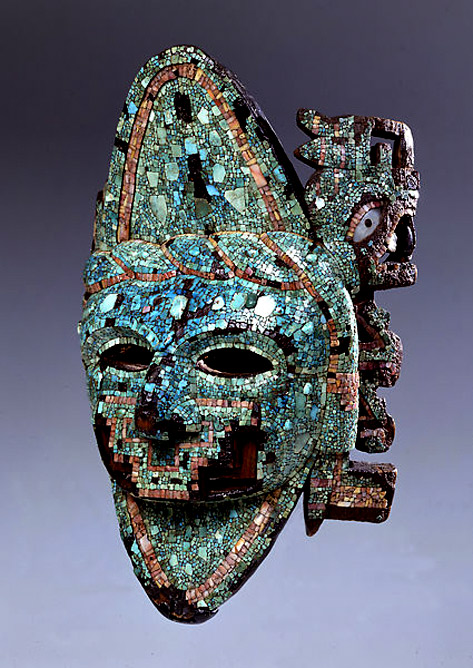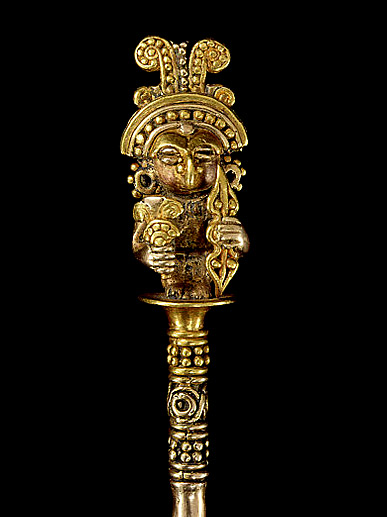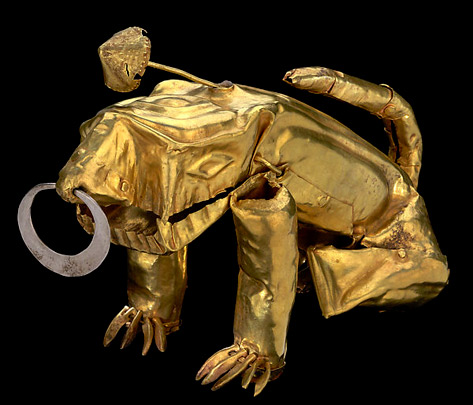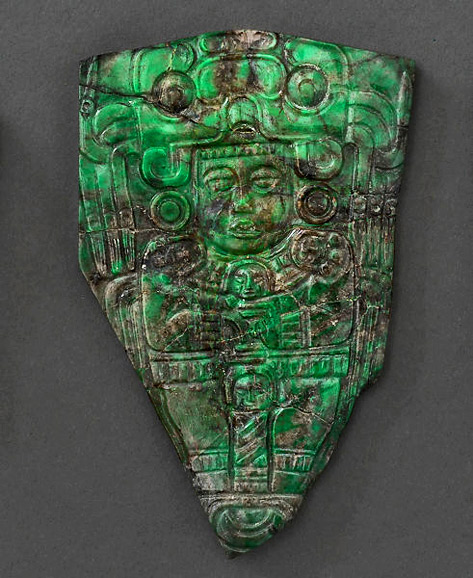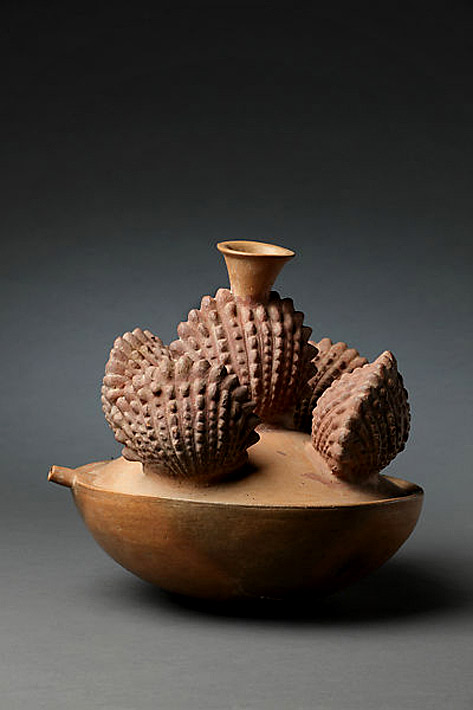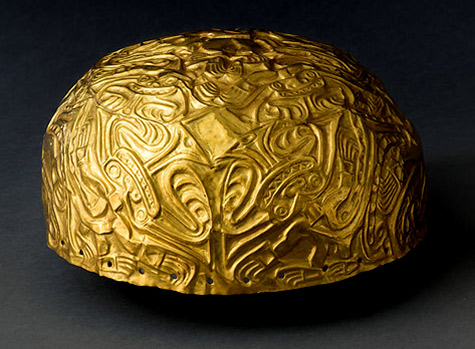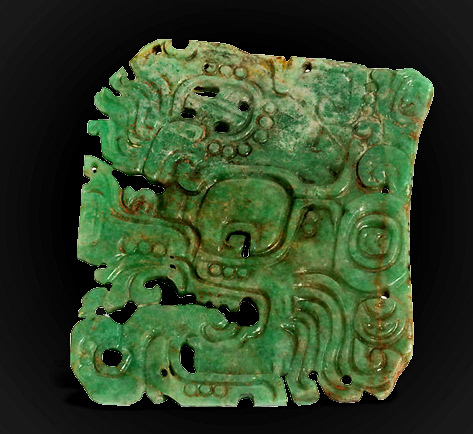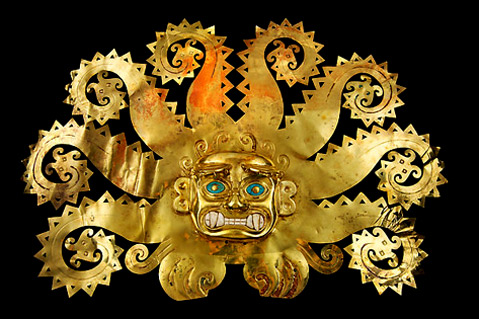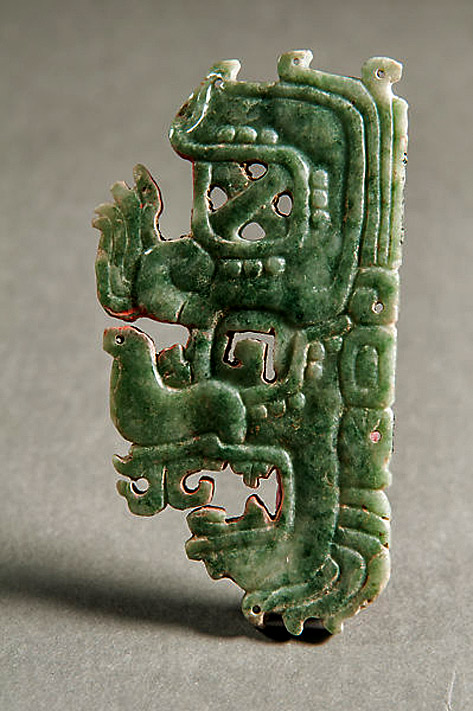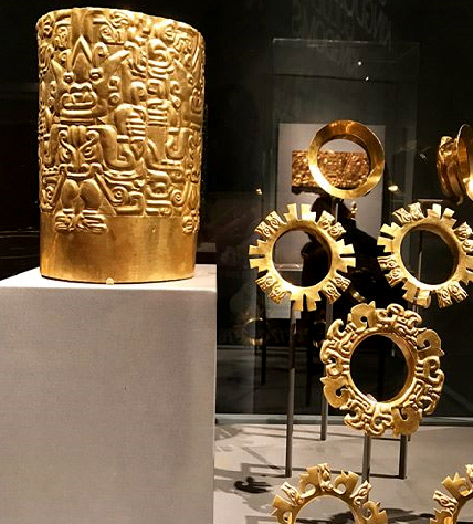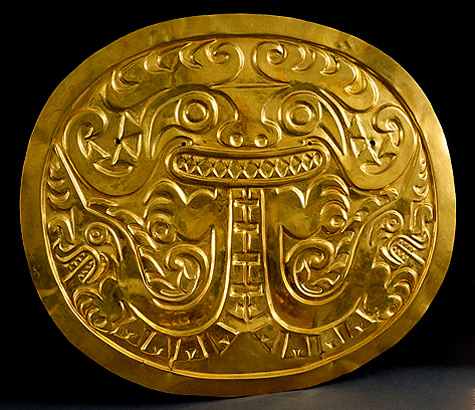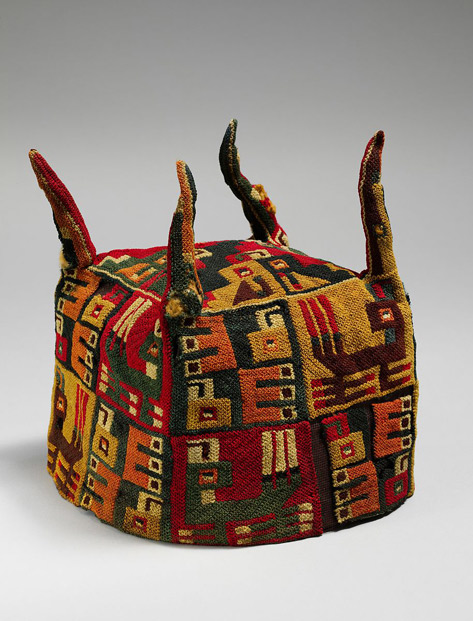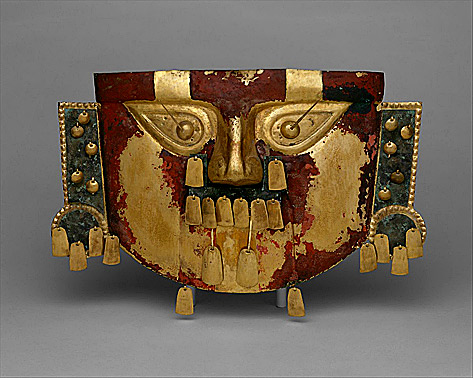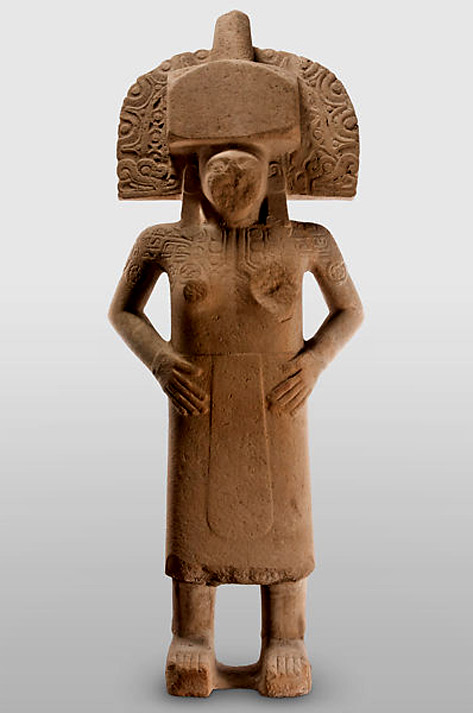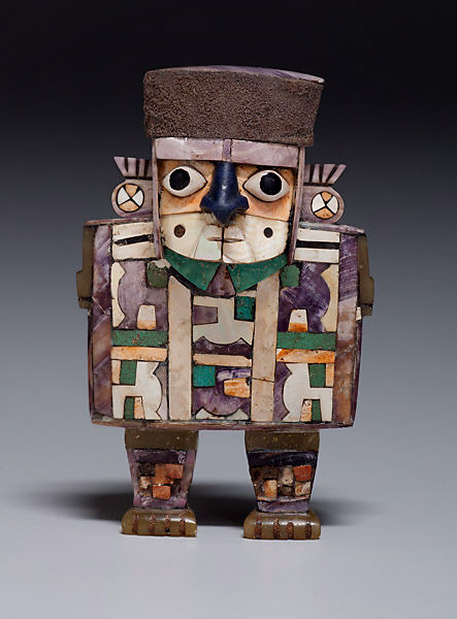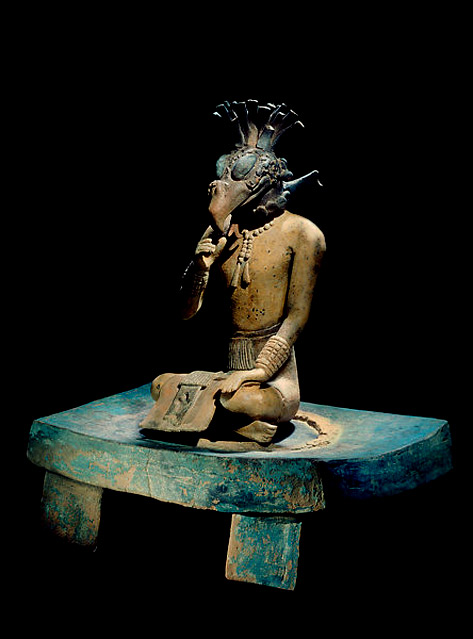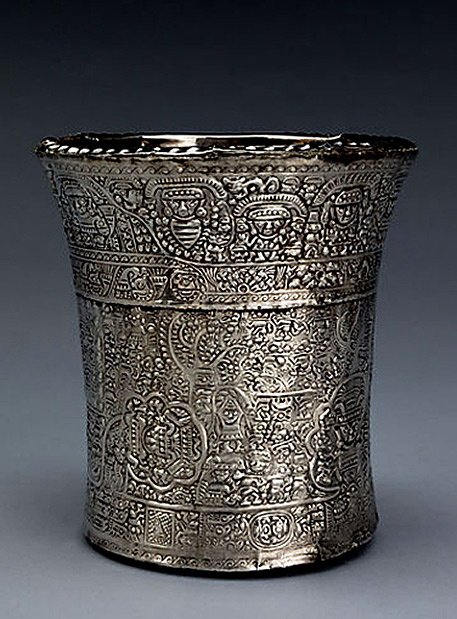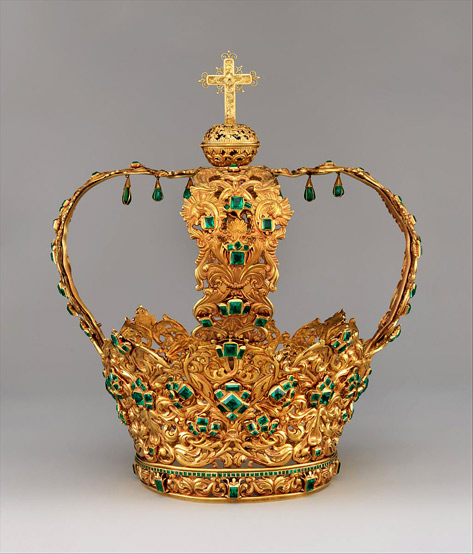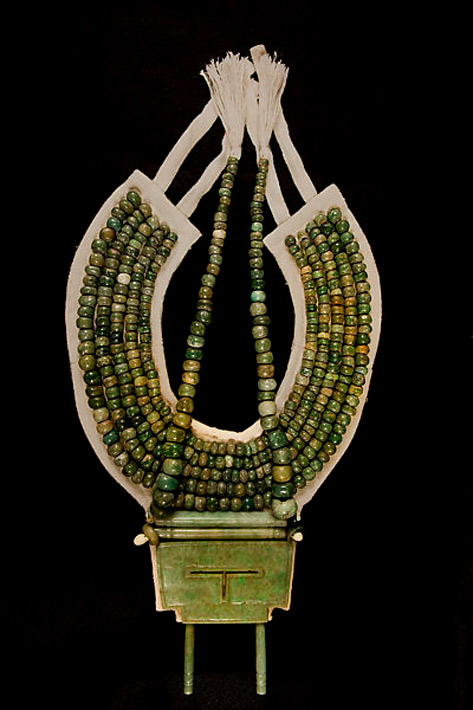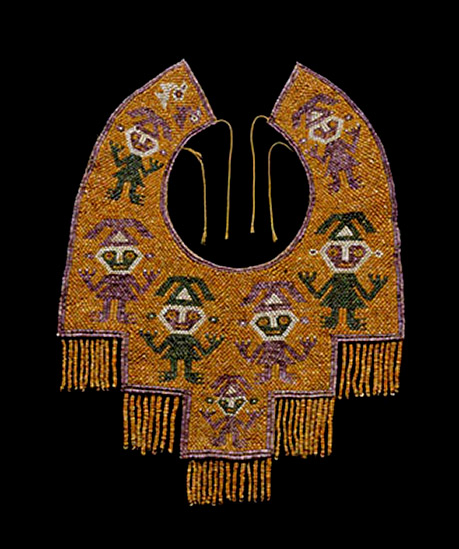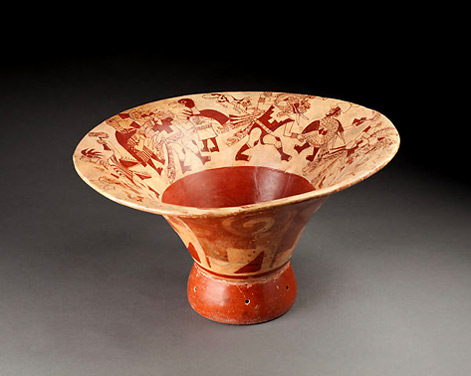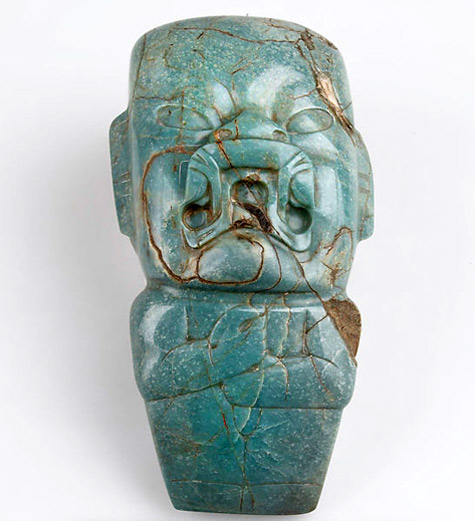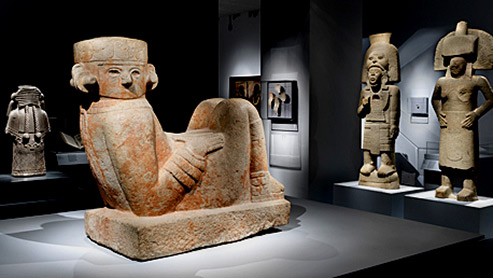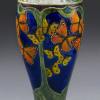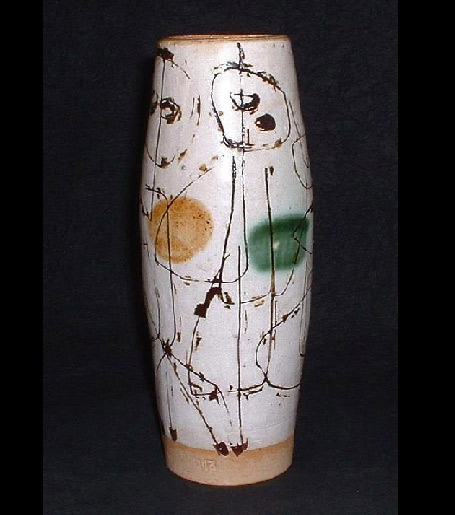
Kumakura Junkichi
Clay dimensions and Zen
One of the underlying traditions that permeates life in Japan, arising from their culture and Zen Buddhist/Shinto influences is mindfulness, contemplation and a deep respect for nature and its rhythms. Objects in the process of decay or conception are considered to be more evocative then in full bloom because they reinforce the sense of transience. This is encapsulated by the deliberate attention given to oppositional forces, created for example, between contrasting textures (rough to smooth) and asymmetrical forms, to allude to the dynamic of the incomplete. The drawing of the enso circle in training, which is never shown as closed or complete, is a reminder of this aspect.
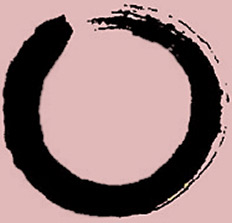
The distinctive Japanese aesthetic speaks from within and is reflected in their art by the expression of several qualities including kanso (asymmetry), fukinsei (simplicity) and koko (basic). Furthermore, the quality of shizen (keeping it natural, spontaneous and without pretence) is consistently expressed along with the recognition of the nature of Kami, which relates to the ‘spiritual essence’ and ‘spirit’ that inhabits all animate and inanimate forms.
Further enhancement is also achieved through these following aspects: Yugen — subtleness and not obvious, Datsuzoku — unfettered by convention and Seijaku — solitude, stillness and tranquillity. The concept of Shibusa also considers similar qualities – simple, subtle, emptiness and unobtrusive beauty (understated).
Artistic transcendence usually nurtures an innate awareness of these traditional subtleties. How much of these cultural perceptions filter into the consciousness of the Japanese artist and are executed is hard to fathom and correlate but there is an obvious, subtle, tangible presence pervading most of their art. The nature-centric shinto also celebrates the landscape and the wholeness of creation and has over 100,000 shrines and around 79,000 priests, so its input would be plausible.
Assembled here is a collection of Japanese pottery that has caught my attention over the past 12 months, displaying their refined aesthetic, skilled craftsmanship, reverence for the ceramic arts and Zen empathy that characterises the contemporary clayarts of Japan.
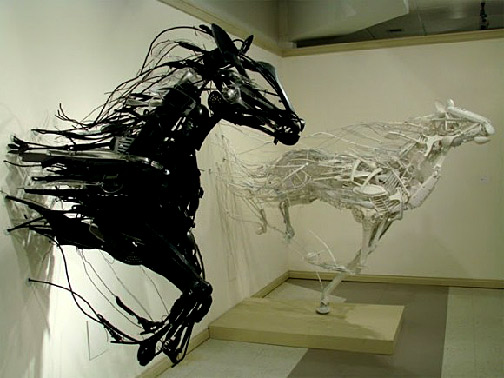
The Japanese sculptor Sayaka Ganz clasims he was strongly influenced by the Shinto beliefs that all objects have a soul when he created these horse sculptures.
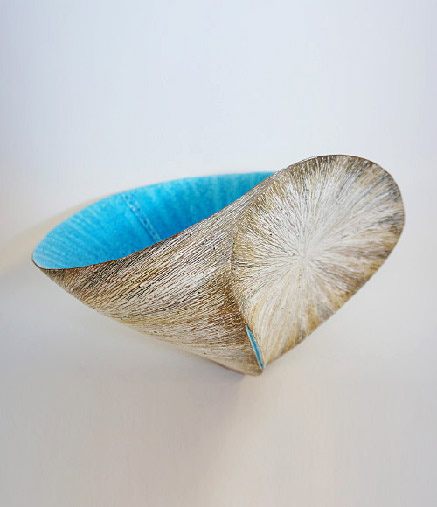
Shinya Tanoue
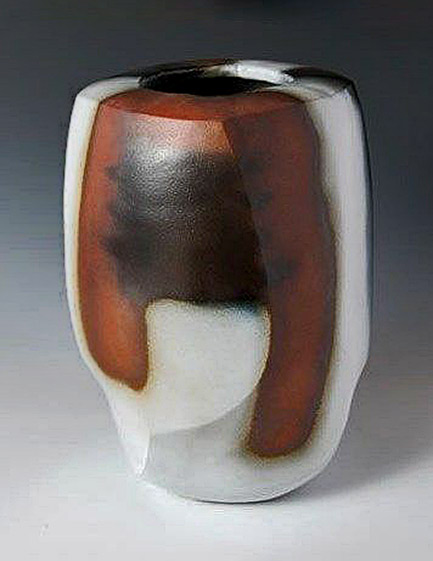
Yuh Okada— Faceted Jar
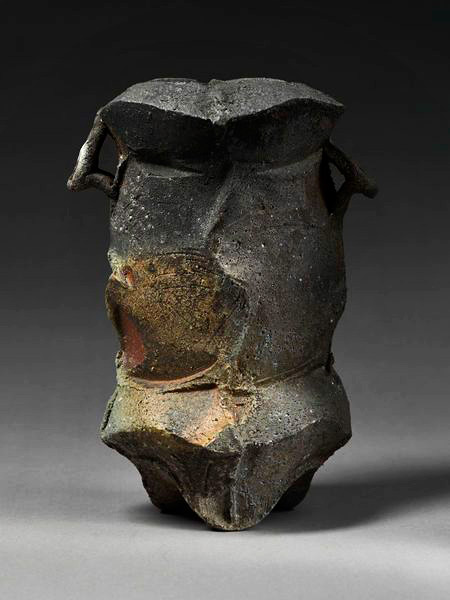
Kakurezaki Ryuichi bizen vase
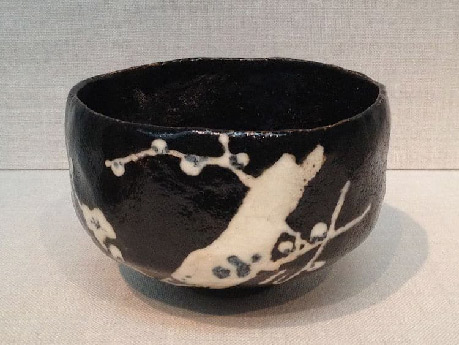
Black and white Japanese tea bowl from the Edo period
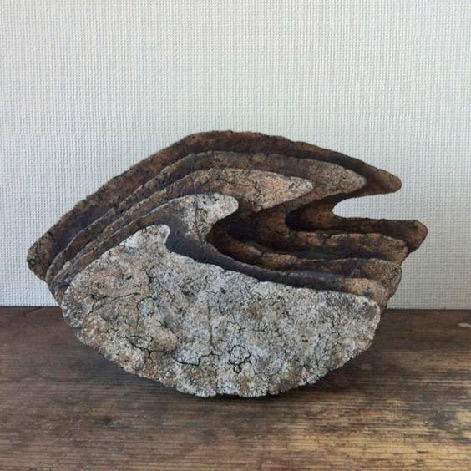
Yukiya Izumita ceramic sculpture
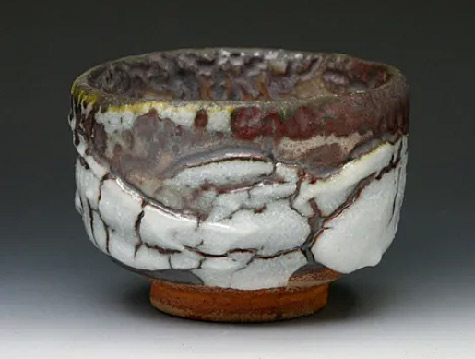
Takeshi Matsuzaki shino yunomi cup.

The above note in Japanese was displayed with the cup. The translation was a kinda zen way of of describing walking.
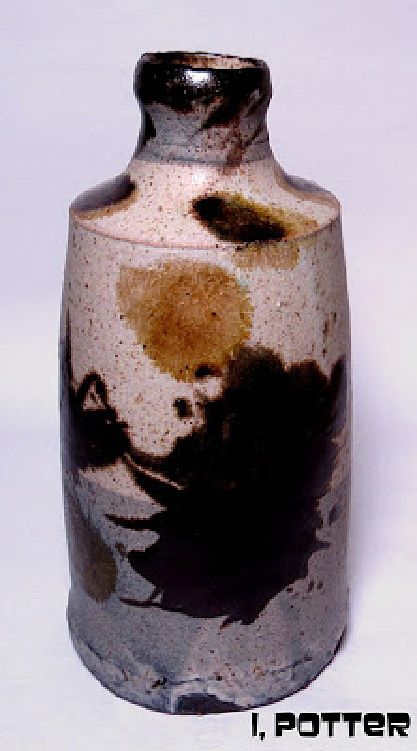
Stoneware bottle with the nuka oatmeal glaze over black slip accents, top and bottom and iron and black glaze accents –Craig Bird
How is it possible to strip away the unwanted encumbrances, additions, distractions, to do away with all the superfluous that can weigh down an object? There is a palpable complexity to simplicity and in its creation, it is never born from over thought, conscious action, rather it springs from a disciplined and well practiced extension of years of unconscious repetition earned over decades of “doing”. A simple object exudes a clarity of idea and purpose since there is nothing to clutter the direct intent of its function in a classic example of “less means more”. As a potter, I know I can be guilty of “more means more” and though I won’t blame our modern times for that stern indoctrination, it is not a simple thing to work consciously in an unconscious manner, for most of us, it goes against our accumulated experiences. It might be this fact alone that makes the creation of simple, honest pots both so difficult and so greatly admired, because quite frankly, simple is just awfully hard.
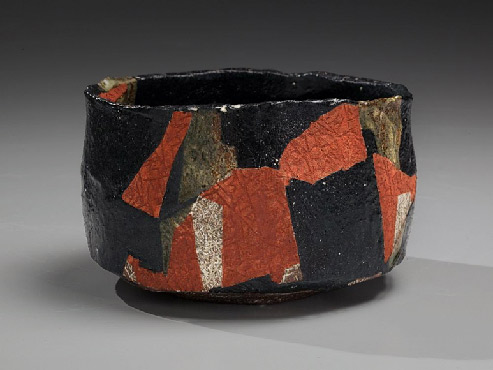
Wada Morihiro — Black-glazed teabowl with red and olive-green slip glaze patterning and impressed surface
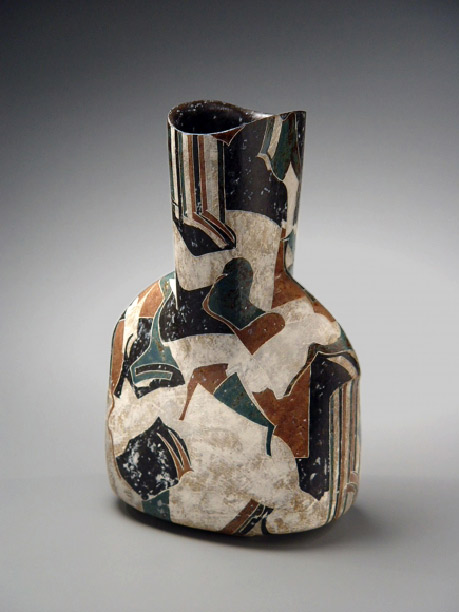
Torso-shaped vase with thin neck and green, black, brown matte patterned decoration–Wada Morihari
1992
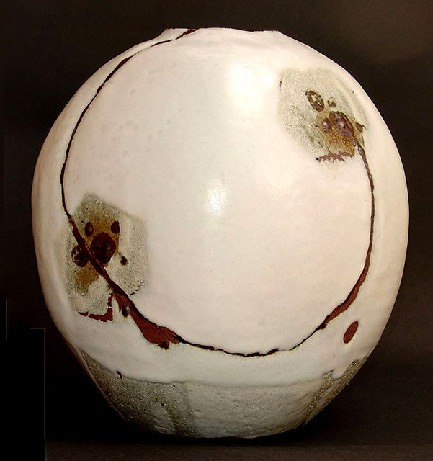
Large Tsubo Vase – Shimizu Yasutaka
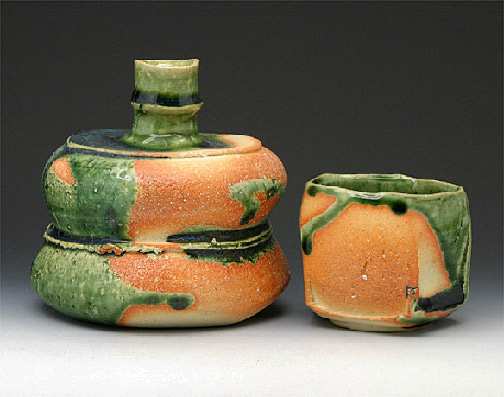
Oribe drip glaze vessel with lid and tea bowl — Takahiro Ishii
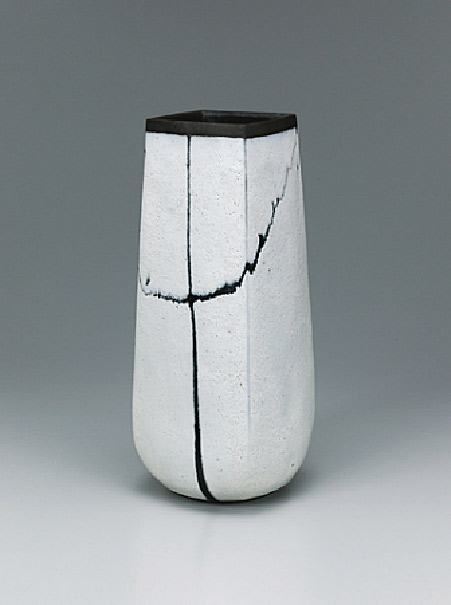
Ryo Suzuki
Square vase with white glaze and trailed black glaze decoration
Gallery Japan
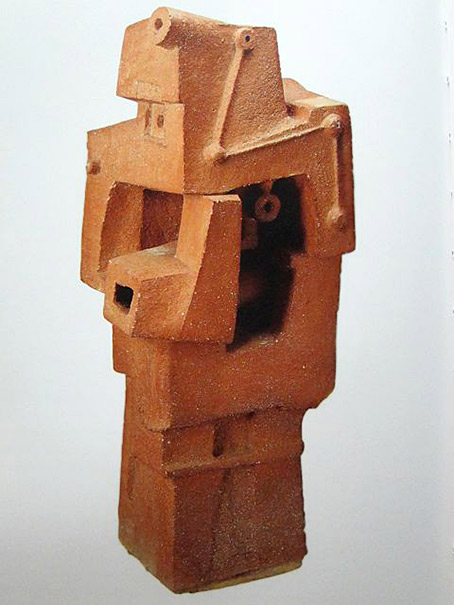
Tsuji Shindo — ‘Momuntain Man’
1957
Mondo Bloggo
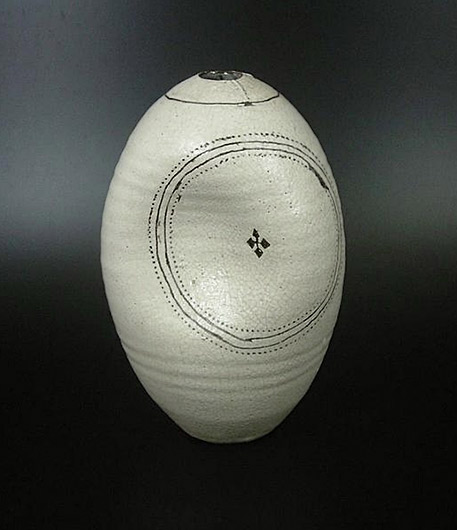
Yagi Kazuo ovoid ceramic sculpture
Japan
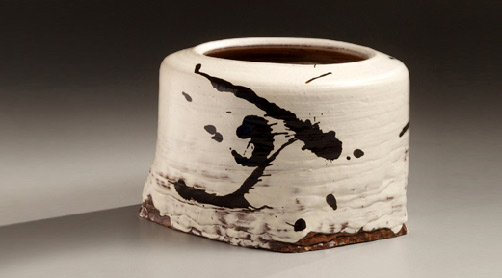
Yagi Kazuo
Joan Mirviss Gallery
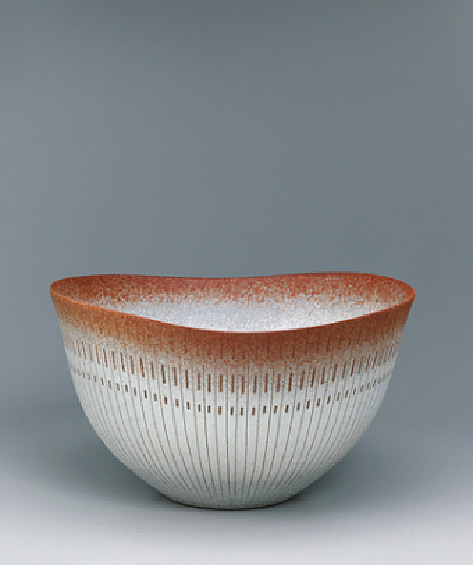
Bowl with line design in colored slip painting. — Mieko Kono
Gallery Japan
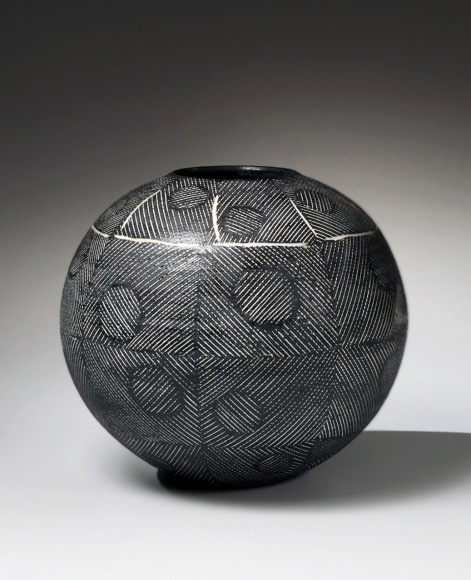
Yagi Kazuo
Mirviss Gallery
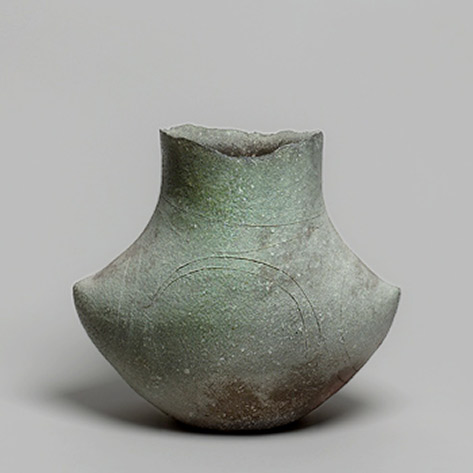
Yasuhisa Kohyama—Japan Art Galerie
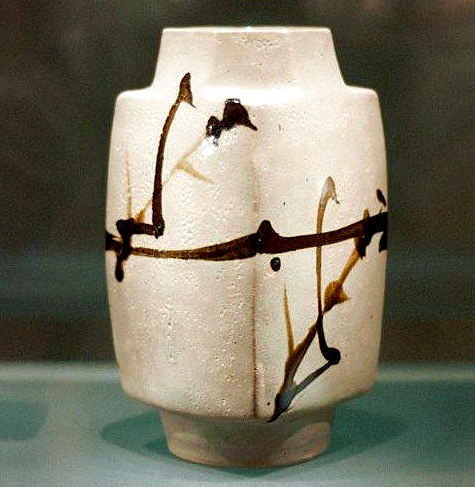
Shoji Hamada – footed vase
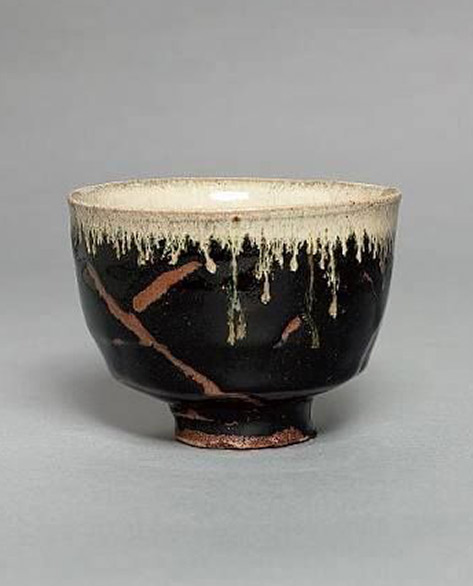
Shoji Hamada-footed tea bowl
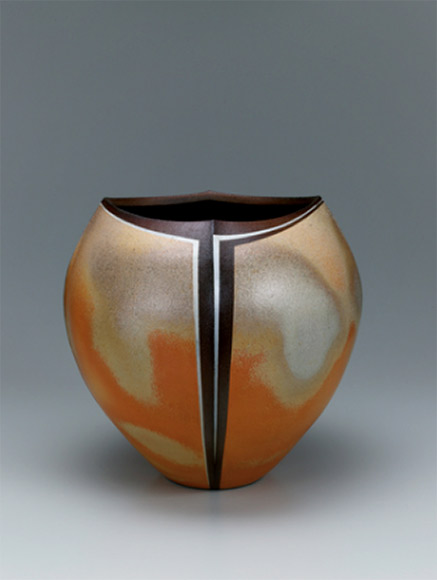
Jun Matsuo — Unglazed high fired jar with fire marks
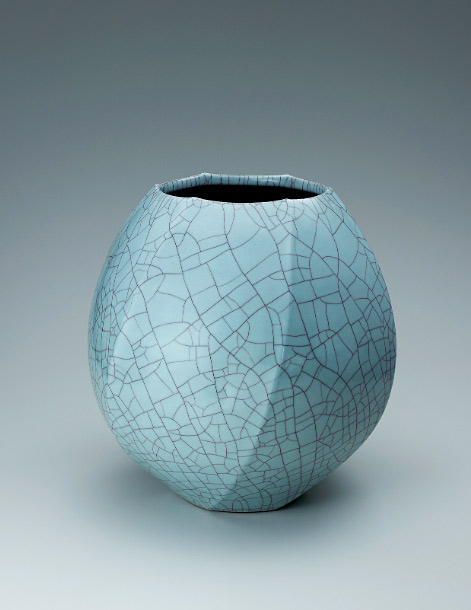
Jun Matsuo
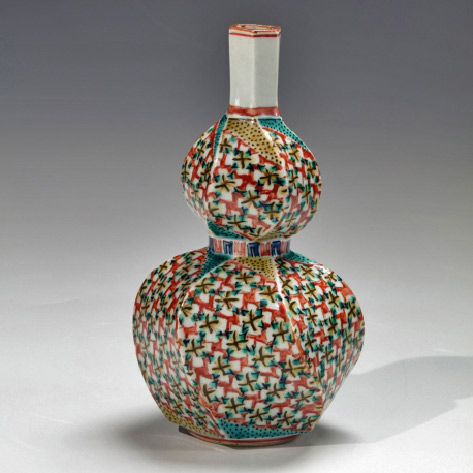
Tomimoto Kenkichi — ceramic faceted gourd vessel with long neck
Mirviss
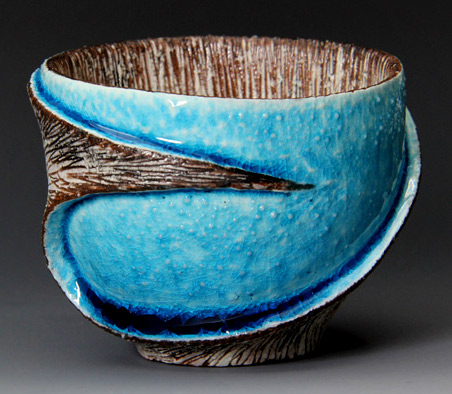
Shinya Tagami yunomi cup
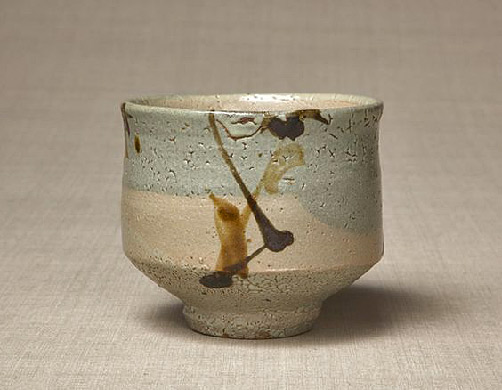
Tea bowl with sugarcane design in black iron glaze by Shoji Hamada
Mashiko, Japan — 1955
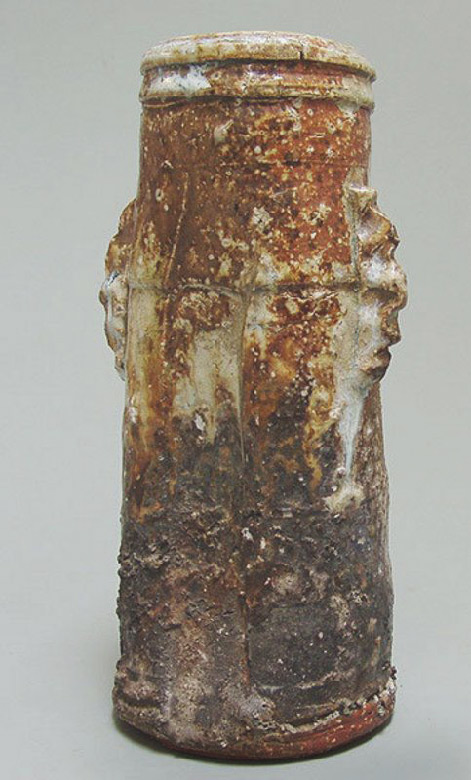
Shigaraki Vase — Honiwa Rakunyu
Modern Japanese Ceramics
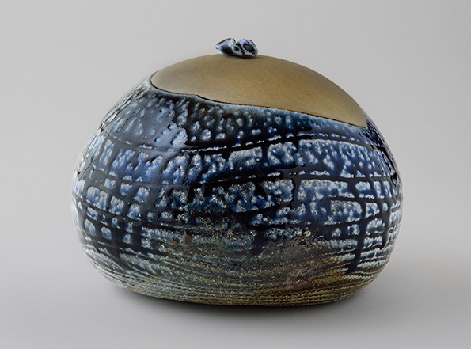
Shimizu Takeshi lidded vessel
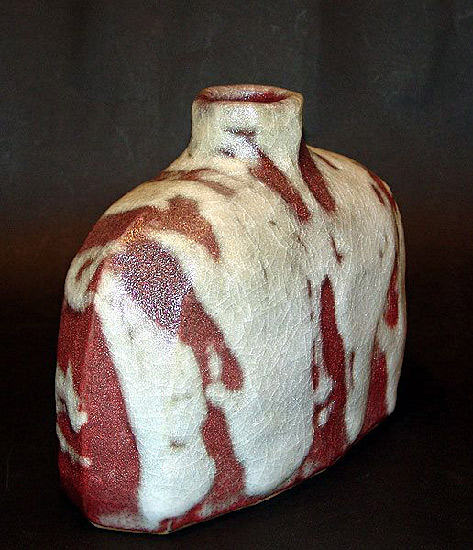
Ryuun Bottle Vase by Yasuda Zenko
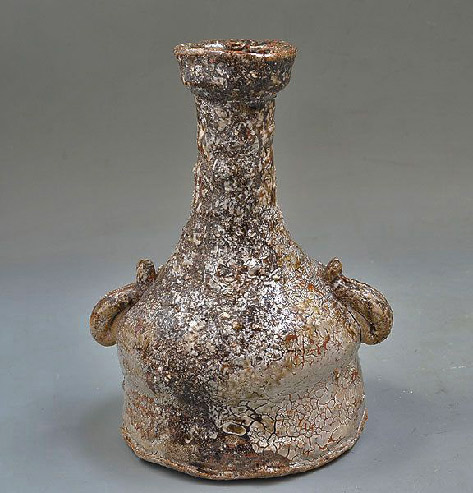
Inoue Toya Karatsu bottle vase
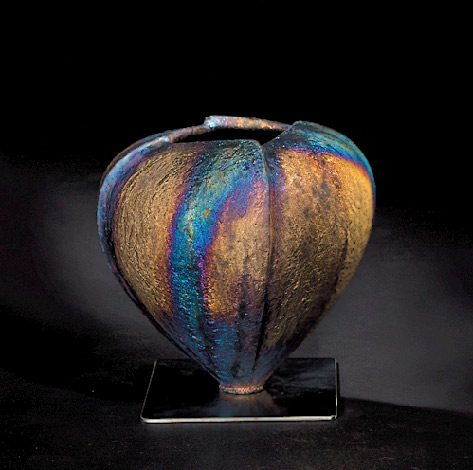
Suzuki Taku —- lustre glaze vessel
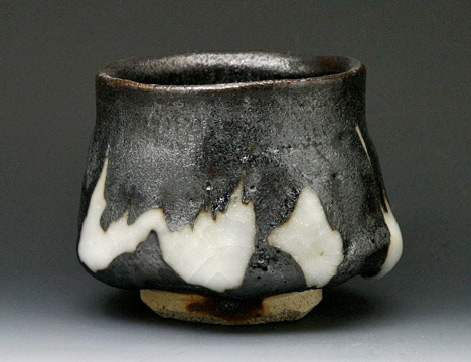
Suzuki Tomio chawan
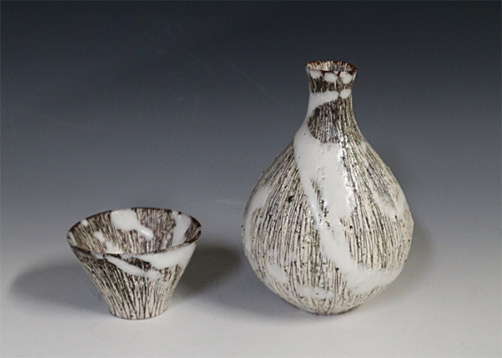
Tokkuri ceramic flask and ochoko cup – Tamiya Shinya
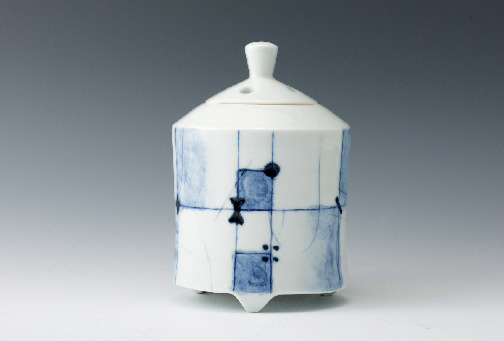
Ryota Shibata lidded incense burner
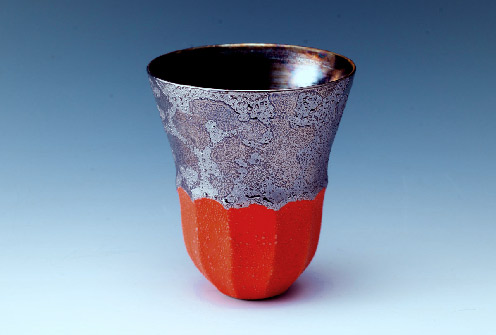
Ogawa Noriyuki – ‘Reincarnation’ cup
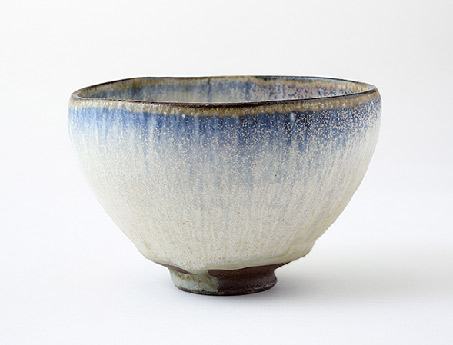
Nobuoka Nakaoka—Gradient coloured ash tea bowl
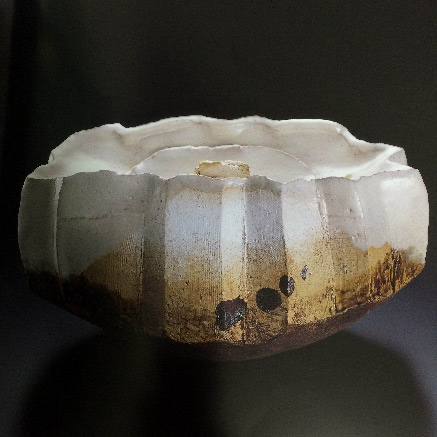
Nishihata Tadashi – Tamba Clay lidded vessel
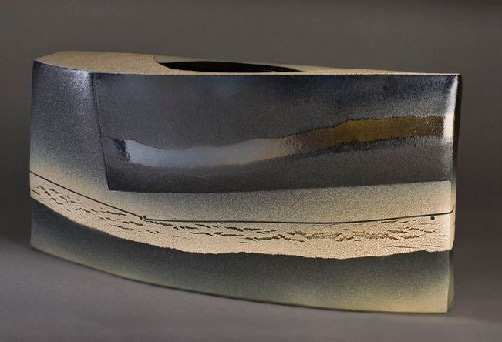
Kitamura Tsuruyo – ‘Eternal Sea’ —Lesley Kehoe Gallery
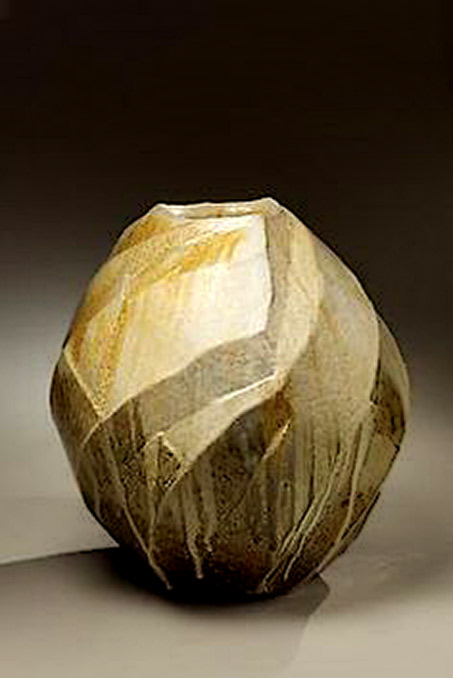
Nishihata Tadashi — carved ceramic vase
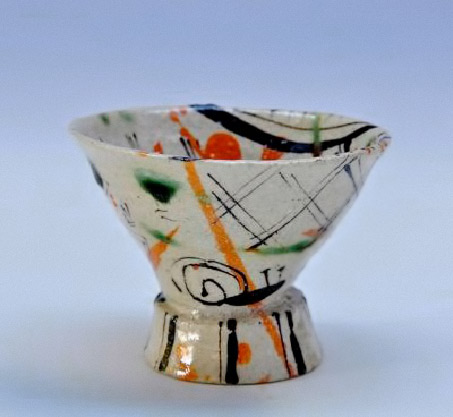
Yahichida Oribe Tea Bowl by Katsunori Sawa
Trax Gallery, Berkeley
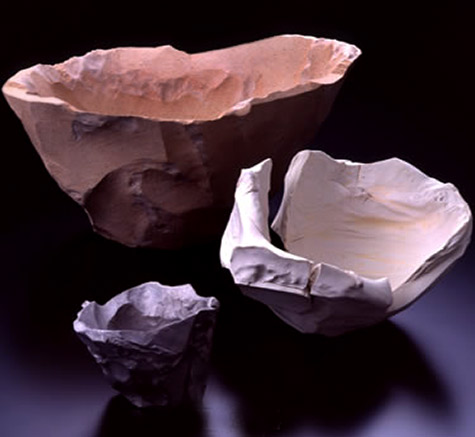
Nanako Kaji sculptural vessels
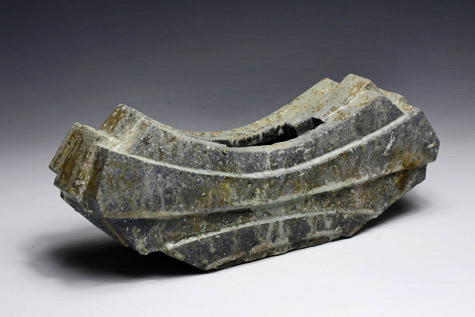
Nakano Yasumi ikebana display
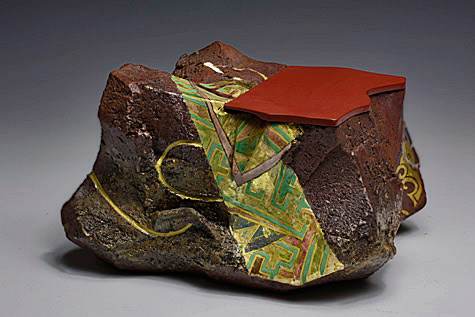
Nakamura Takuo abstract ceramic sculpture
William Bayer Collection
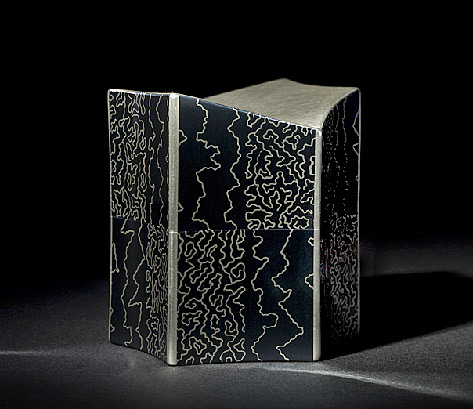
Nakamura-Hirotomo–contemporary metal sculpture
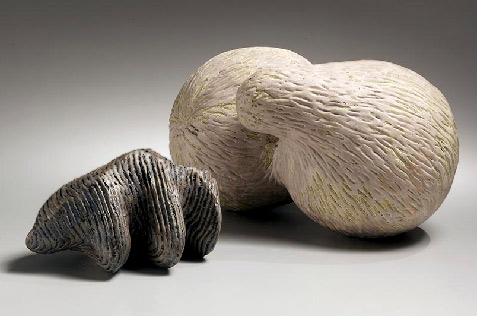
Nakaigawa Yuki. combed and incised ceramic sculptures
Joan B. Mirviss, Ltd
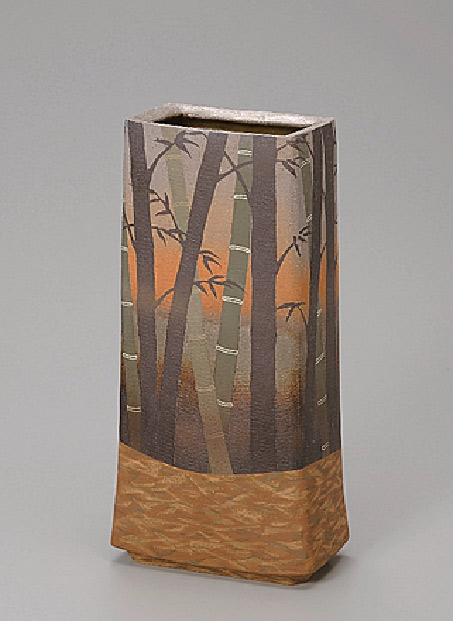
Moriyoshi Saeki Zogan vase
Gallery Japan
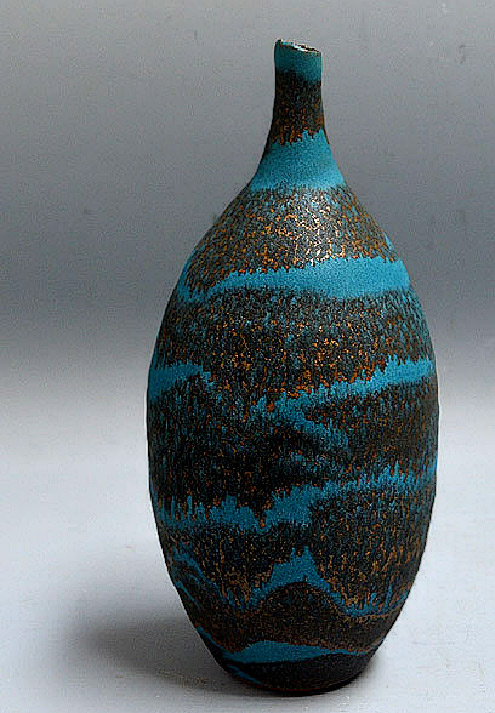
Morino Taimei – Contemporary Bottle Form Vase
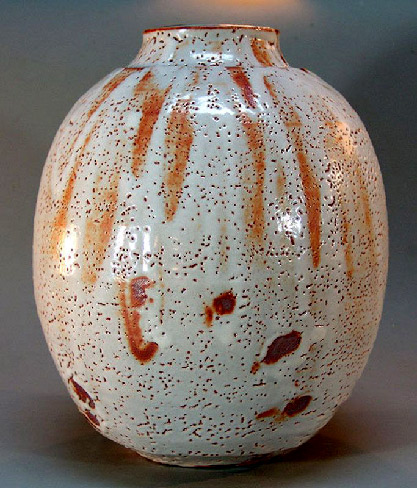
Modern Shino Tsubo by Ando Hidetake
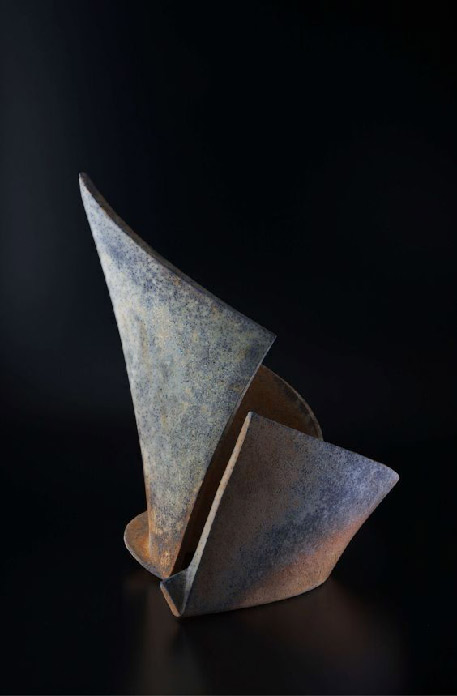
Mihara Ken raku sculpture
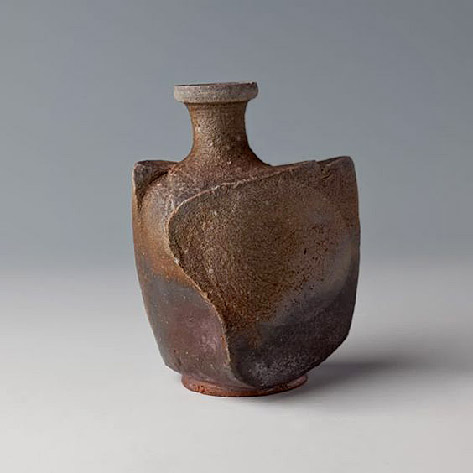
Mentori Tokkuri Faceted Sake Bottle
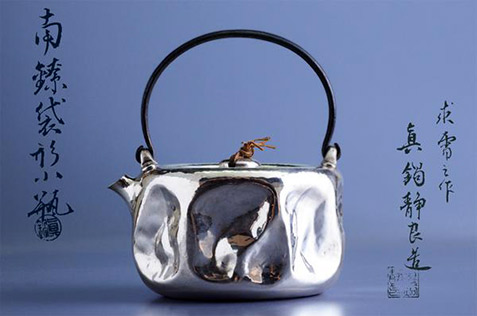
Manabe Shizu Ryo abstract panel ceramic teapot
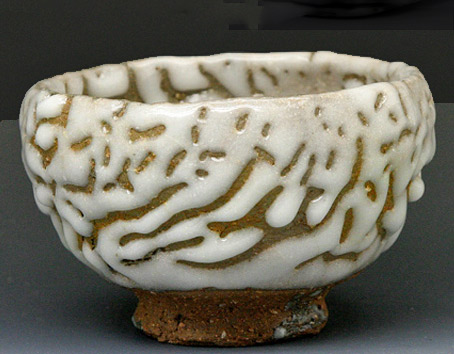
Lee Kang-tak — chawan
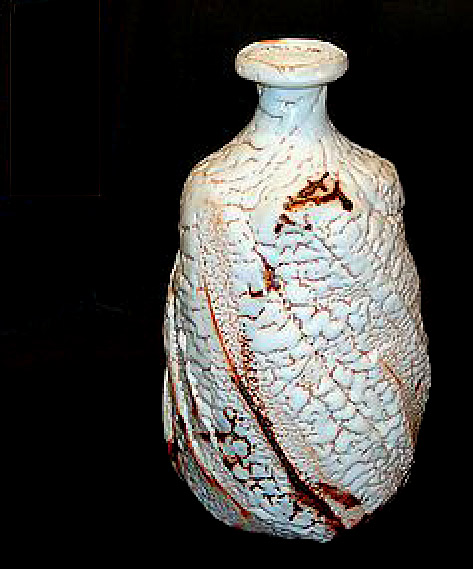
Large Shino Tsubo by Hayashi Shotaro
Modern Japanese Ceramics
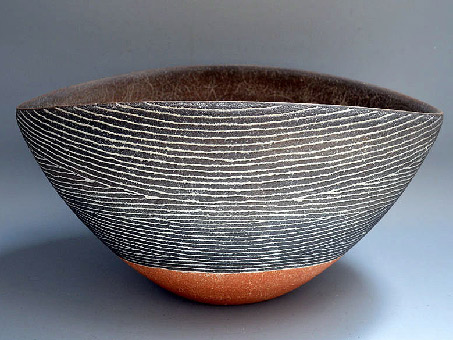
Large contemporary pottery Wash Basin by Ichino Masahiko
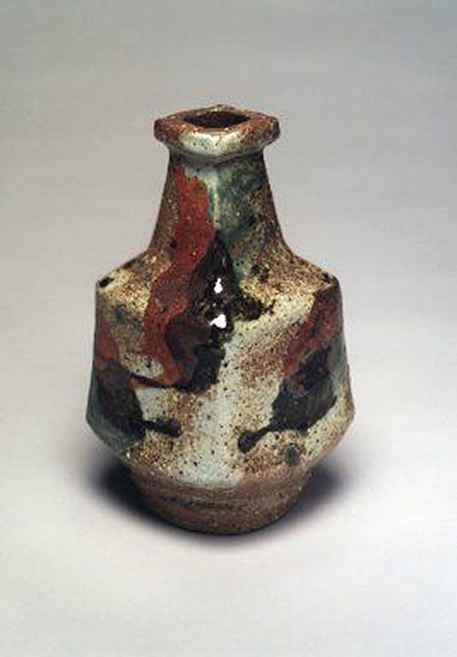
Kawai Kanjiro — Three Color Bottle Vase
1965
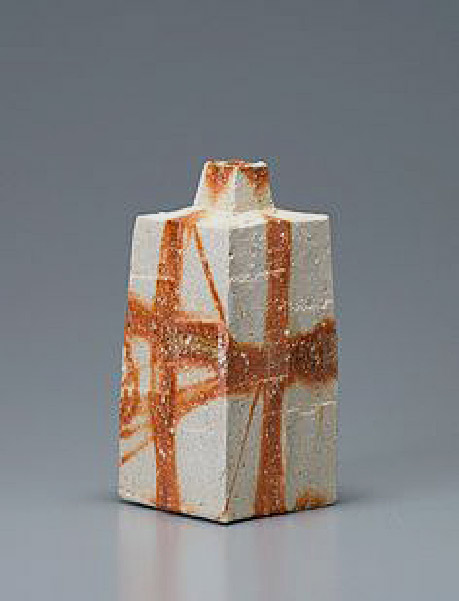
Ken Matsuzaki, Square vase
–hidasuki technique, stoneware, 10x5zx5 inches
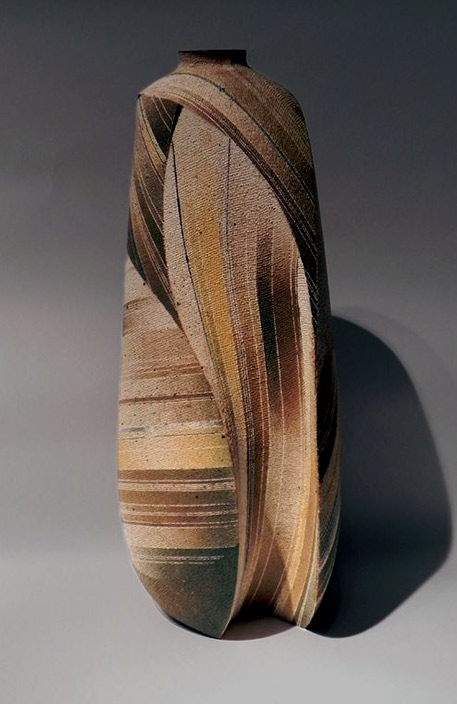
Kato Ichiro – cloth texture and colors ceramic vase
Kaki Tsuto gallery
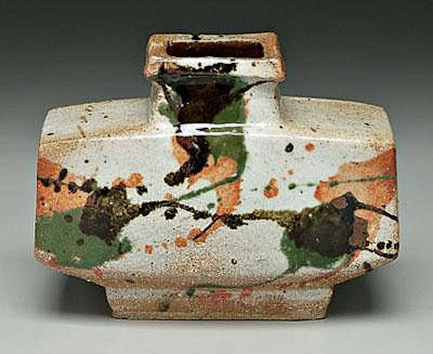
Kawai Kanjiro- stoneware oribe footed vase
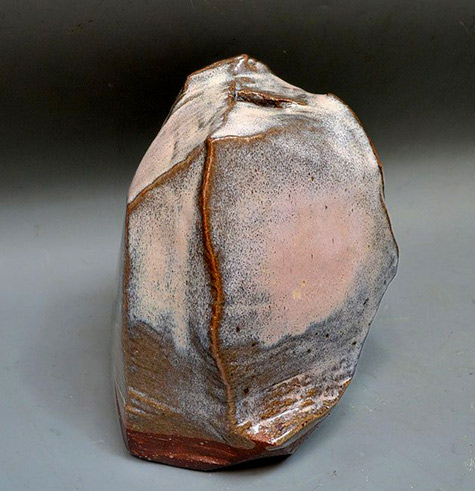
C-Masanao – abstract vase
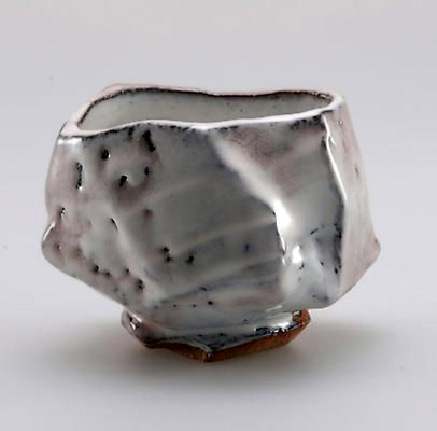
Kaneta Masanao yunomi
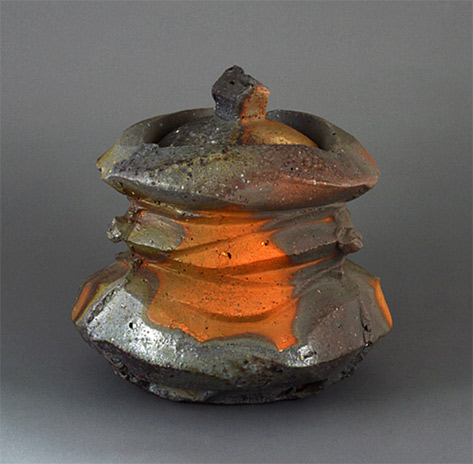
Kakurazaki Ryuichi lidded jar – exceptional spontaneity in the construct curves
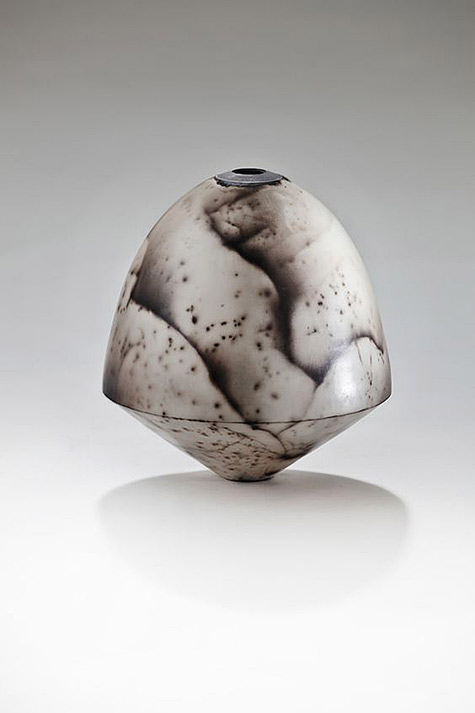
Jehni Ashanti- elegant shape, sawdust firing
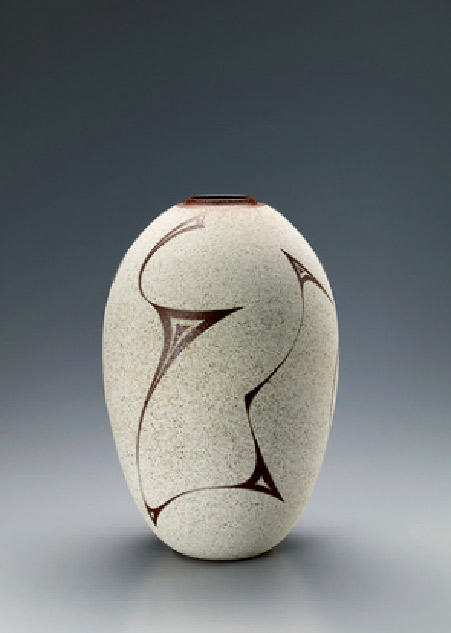
Kan Sato – Ovoid jar with white slip and connected ridge design
Minimalist motif with classic use of space and adaption to shape
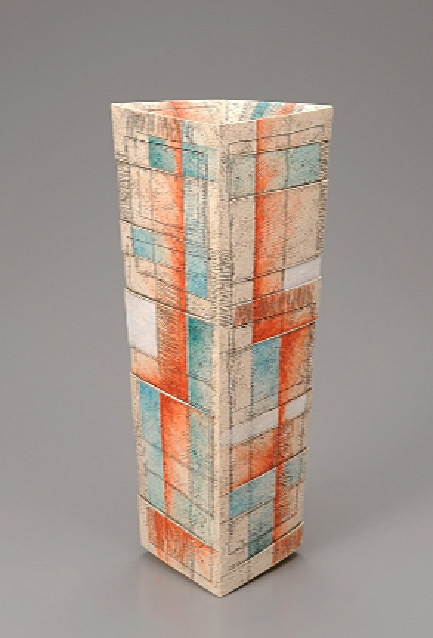
Hayato Sawada tapered square vase
Gallery Japan
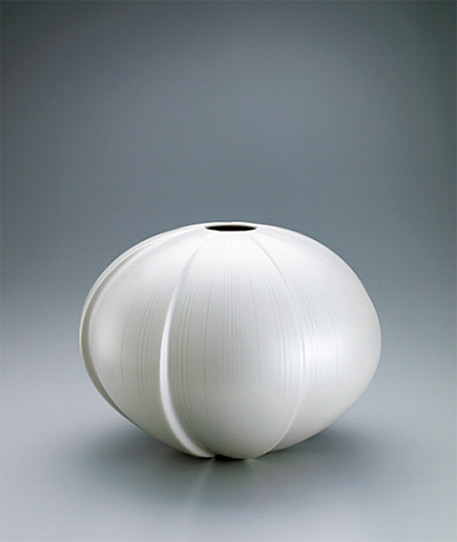
Faceted globulous jar with pearly lustre – Hiroshi Nakada
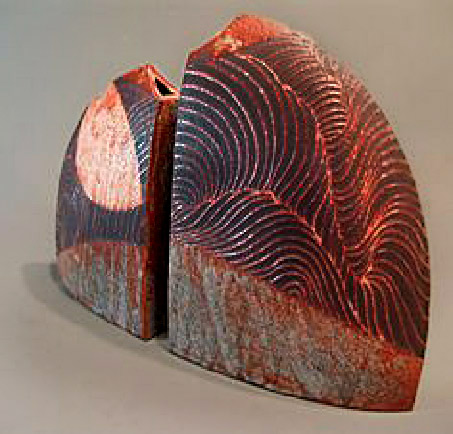
Contemporary Shino Vase Set by Wakao Toshisada–sculpture art vase
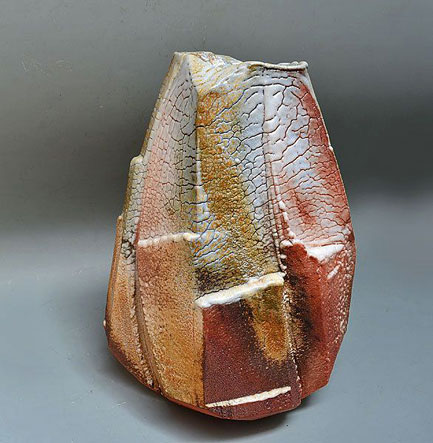
Huge Contemporary Shino Sculptural Vase by Hayashi Shotaro
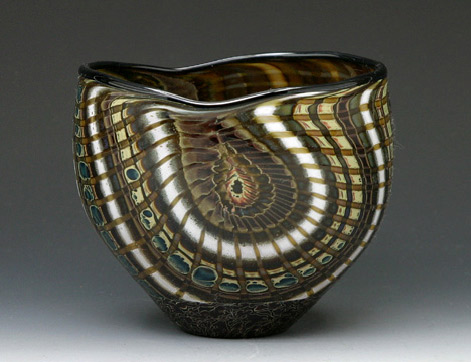
Hiroyuki-Kobayashi yunomi cup
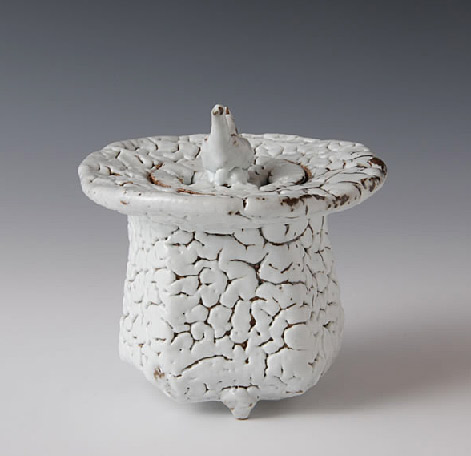
Hakuhoyu Koro (Incense Burner with Grapevine Branch-ash glaze) – Shigeo Takemura
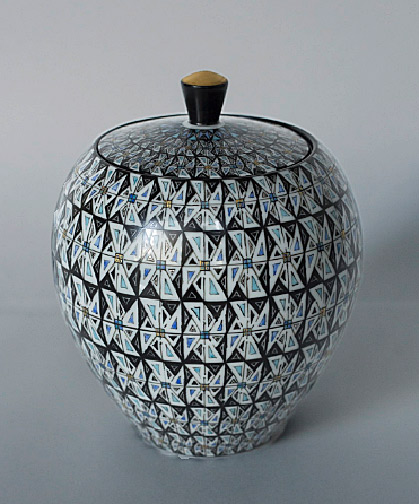
Covered jar with a geometrical pattern Yukifumi Tada
GALLERY JAPAN Japanese traditional art crafts
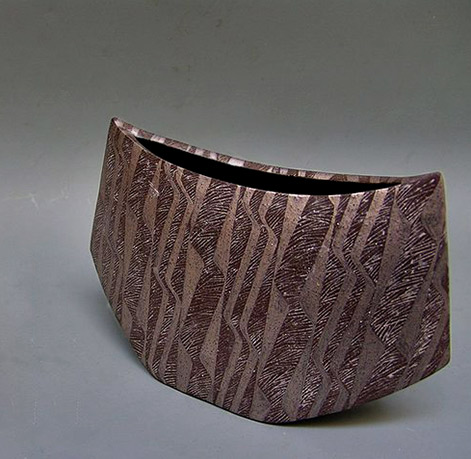
Large contemporary Vase by Hiraga Taeko
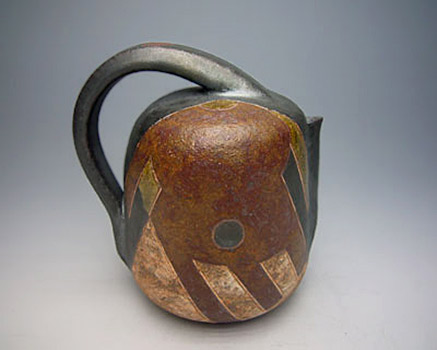
Wada Morihiro stoneware teapot
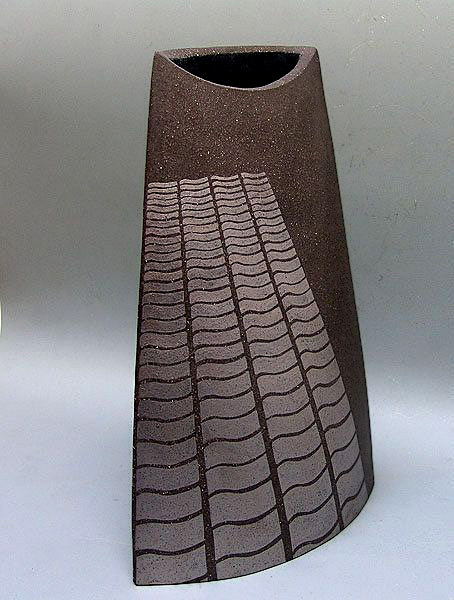
Contemporary Japanese Vase by Hiraga Taeko
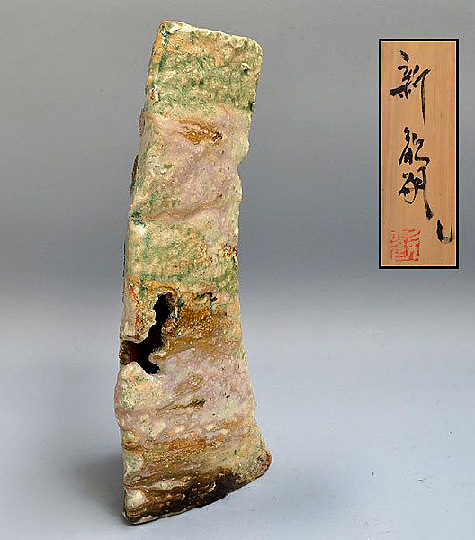
Japanese Iga Vase – Atarashi Kanji
Modern Japanese Ceramics
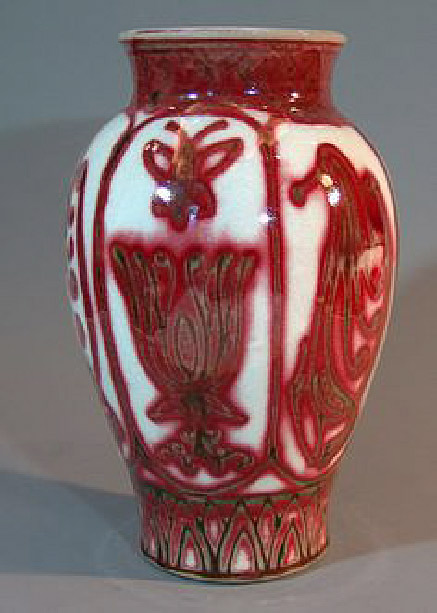
Vintage Shinsha Vase by Yamazaki Koyo
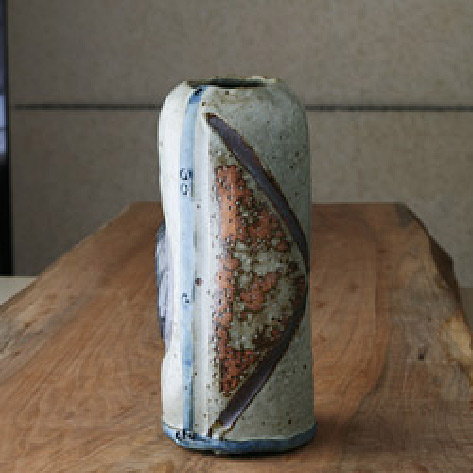
Vase by Sui Kiichi (Suzuki Mata Kazu)
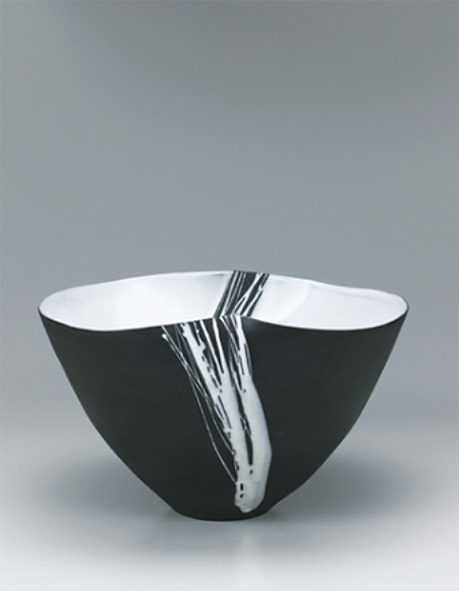
Black bowl with white earthen glaze – Ushio Shimizu
GALLERY JAPAN
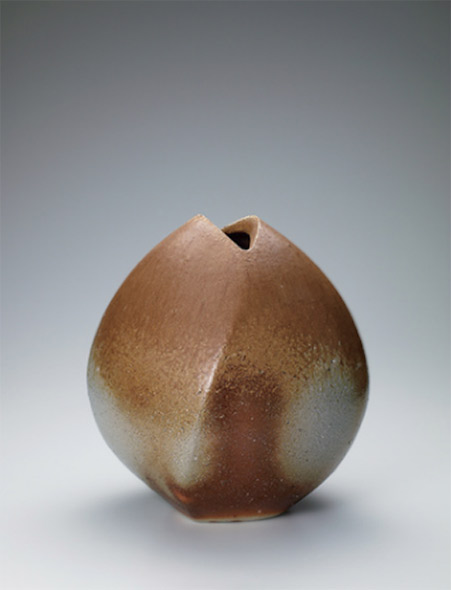
Bizen jar with irregular shape. – Ryuichi Kakurezaki
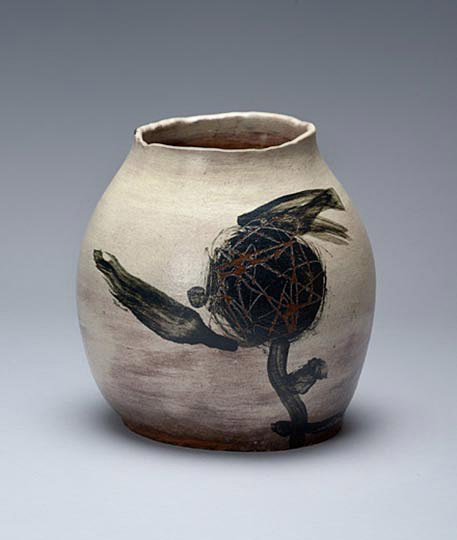
Asymmetrical sculpted vessel — Yagi Kazuo
1970
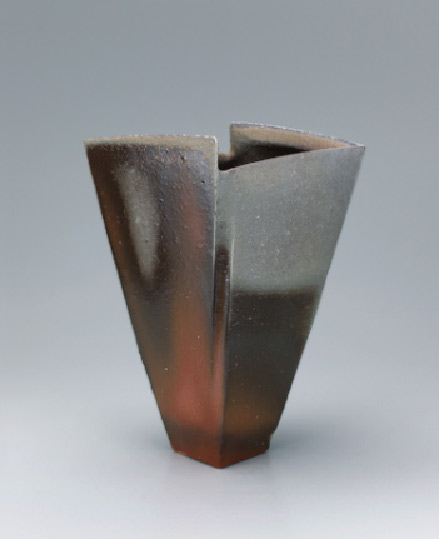
Bizen highlights flower vessel with wide mouth.– Ryuichi Kakurezaki
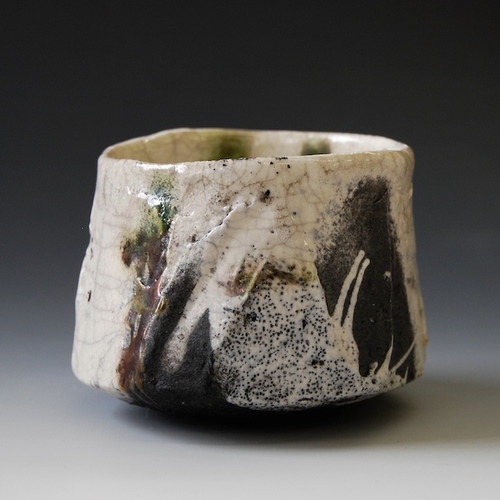
Akira Satake Chawan
–
